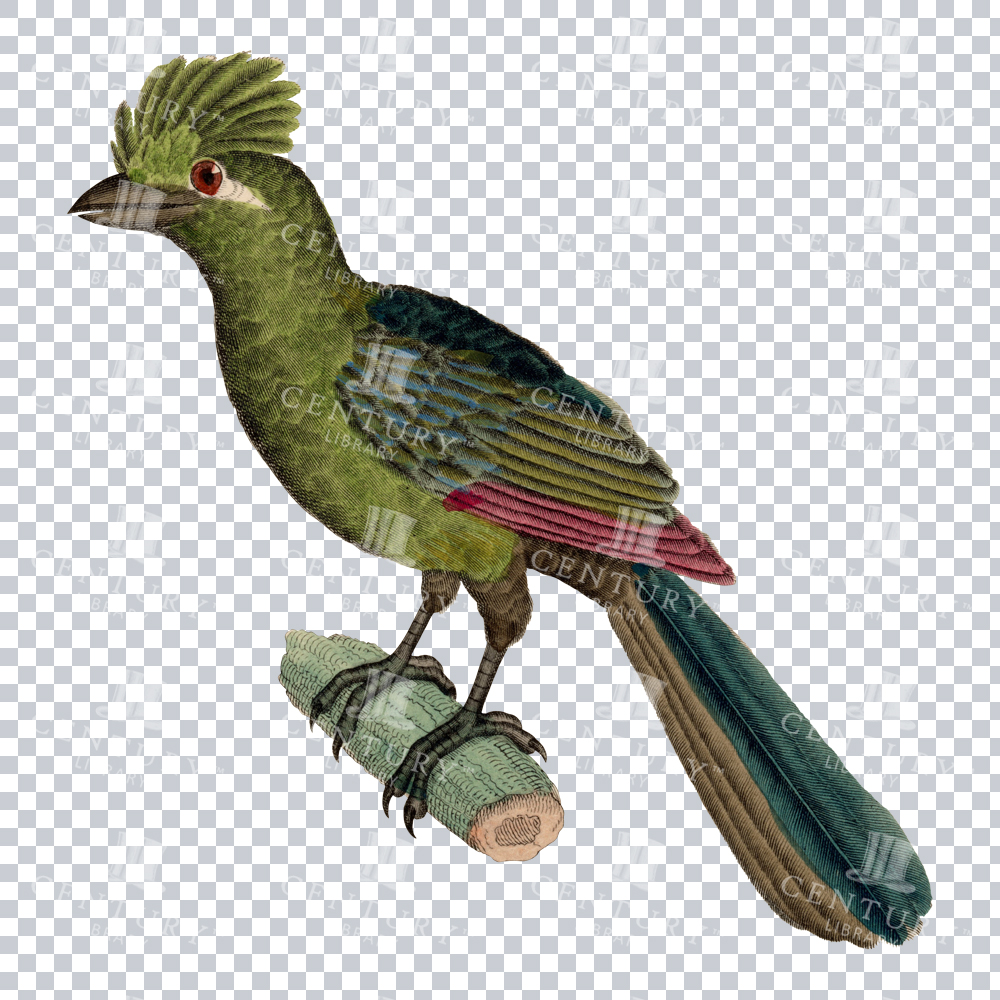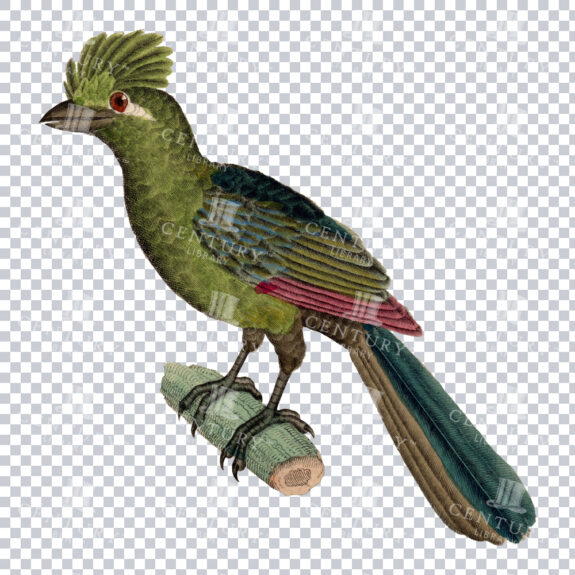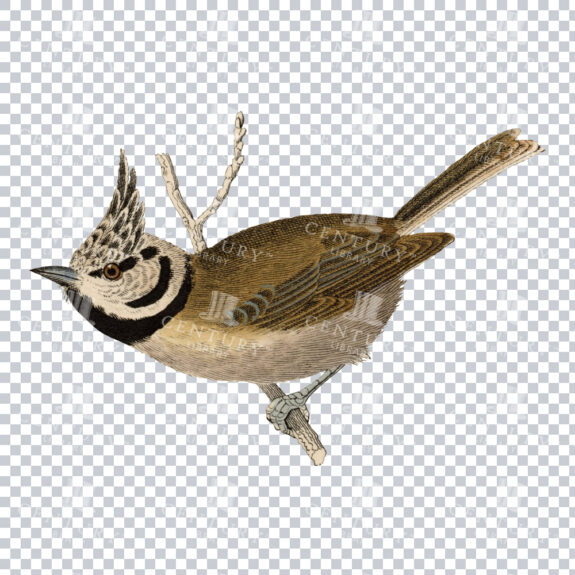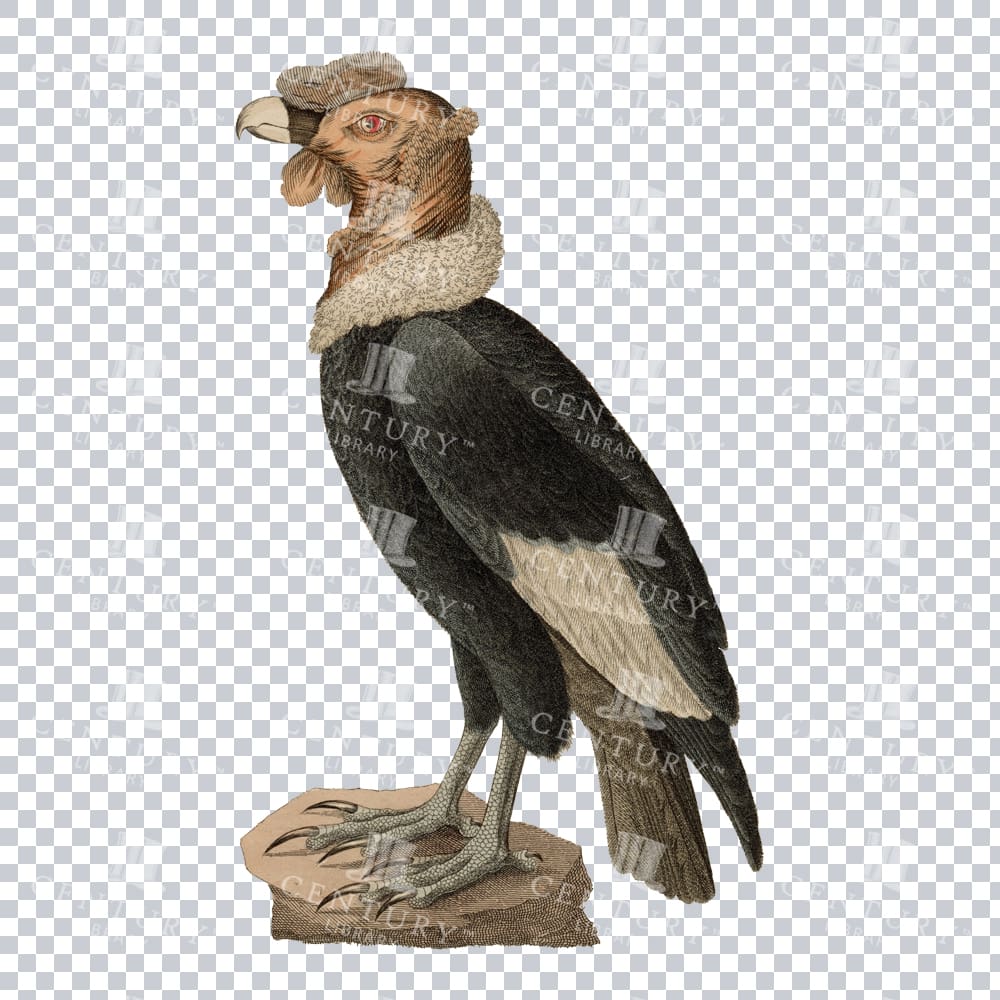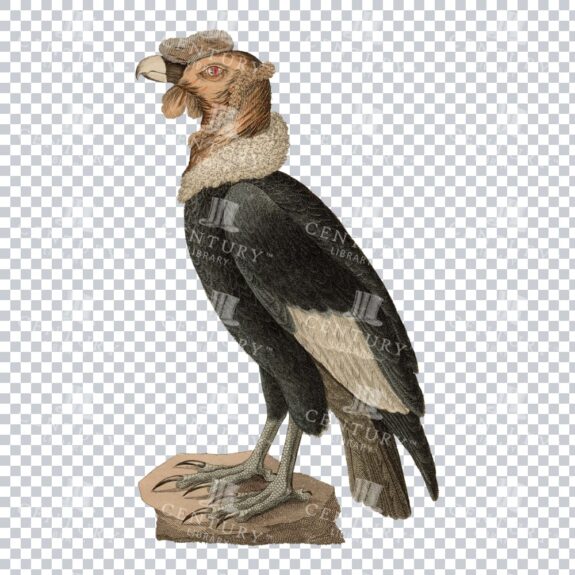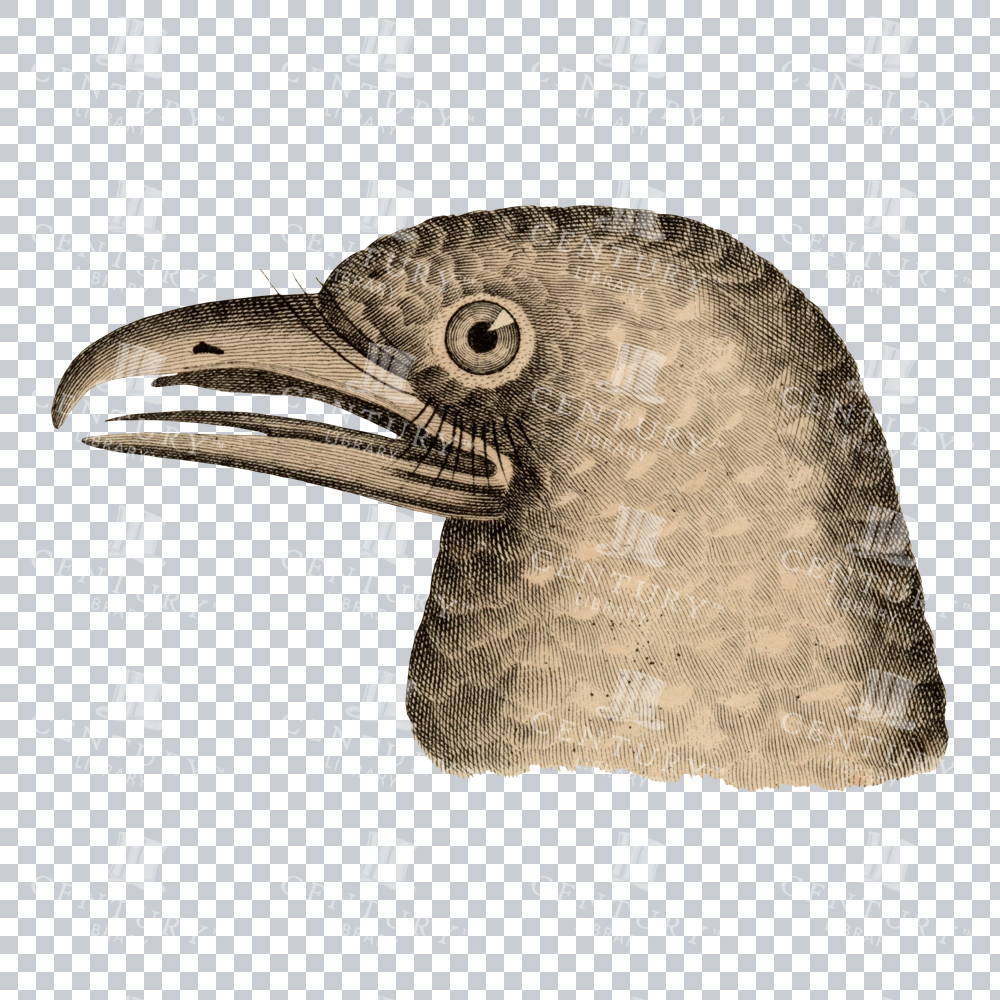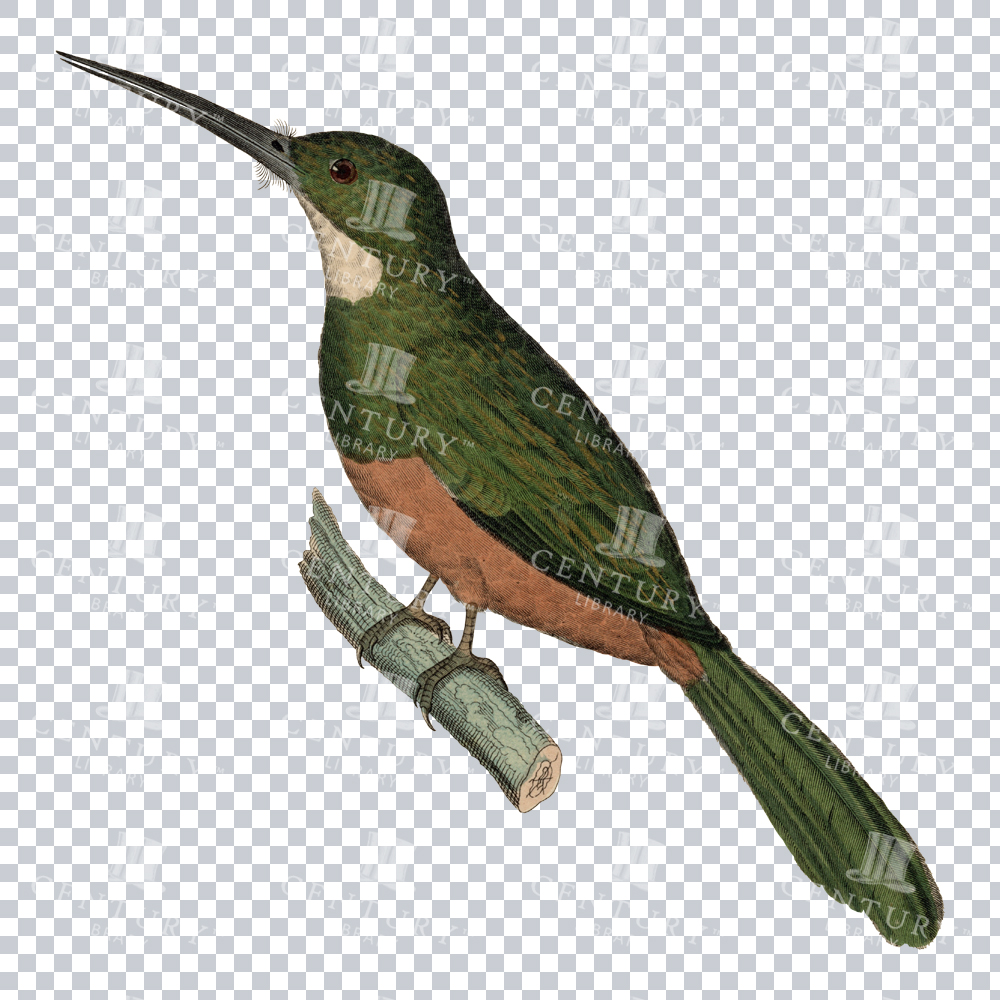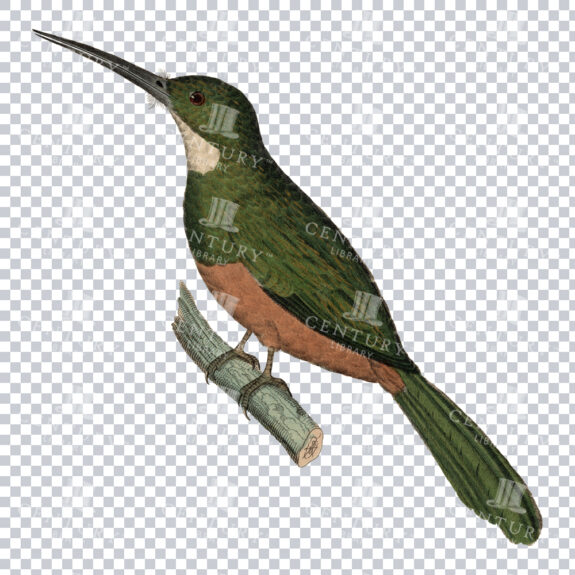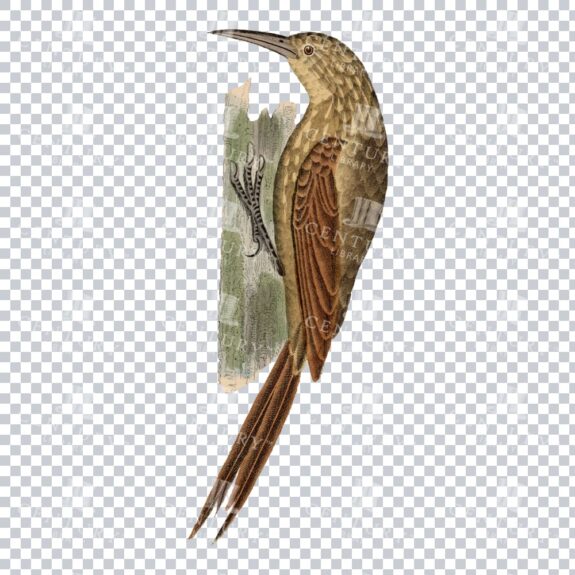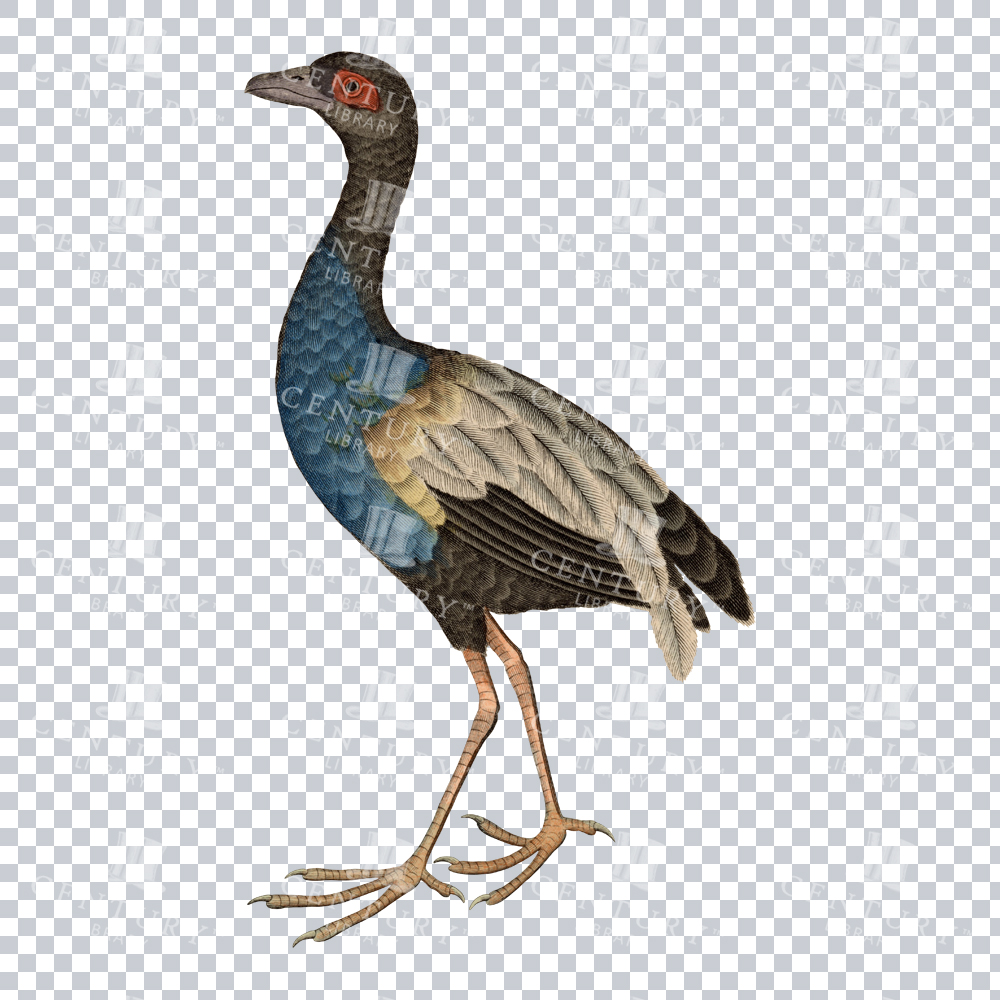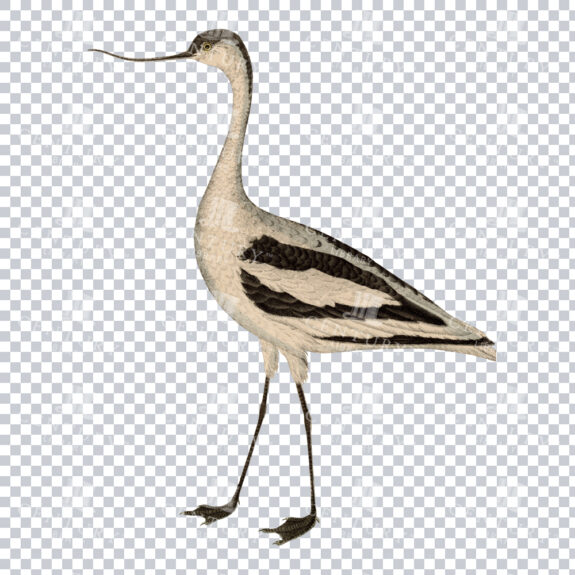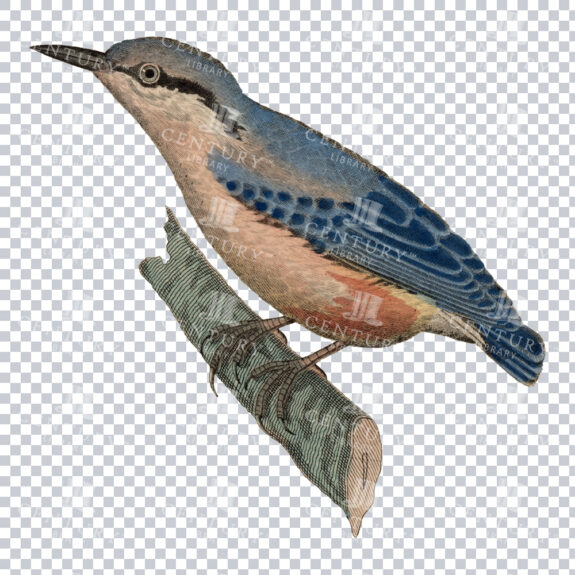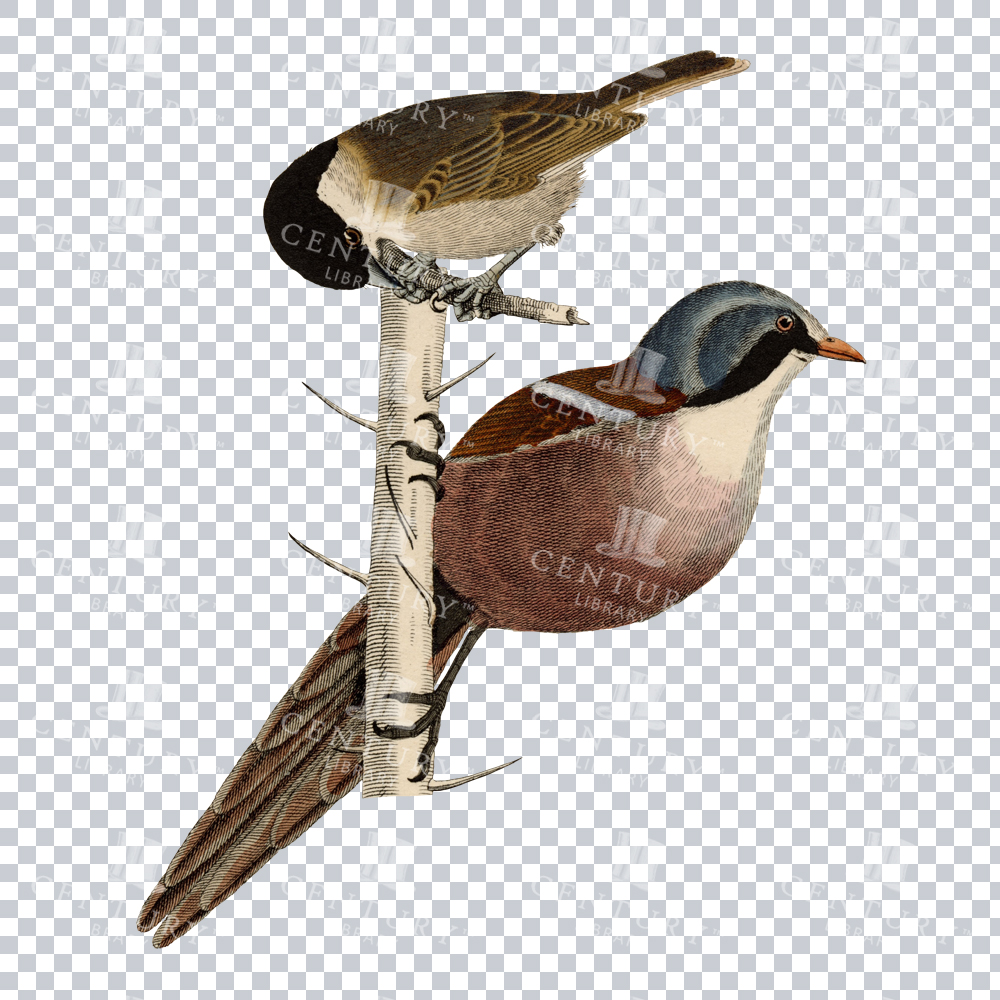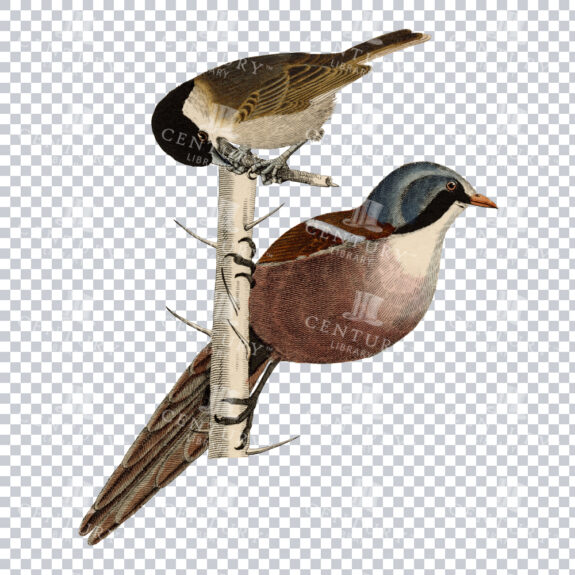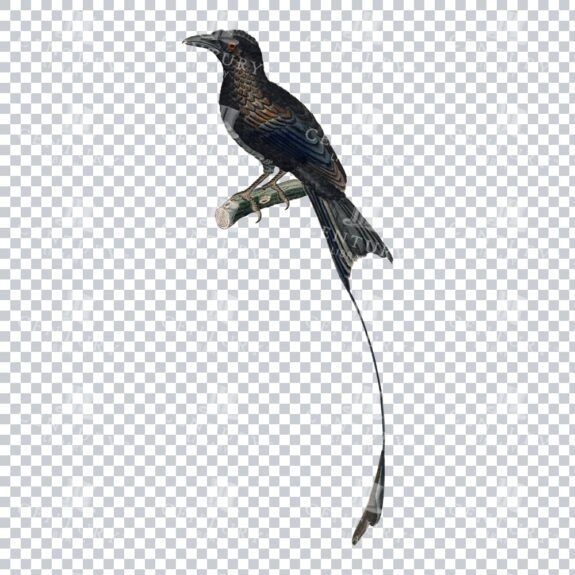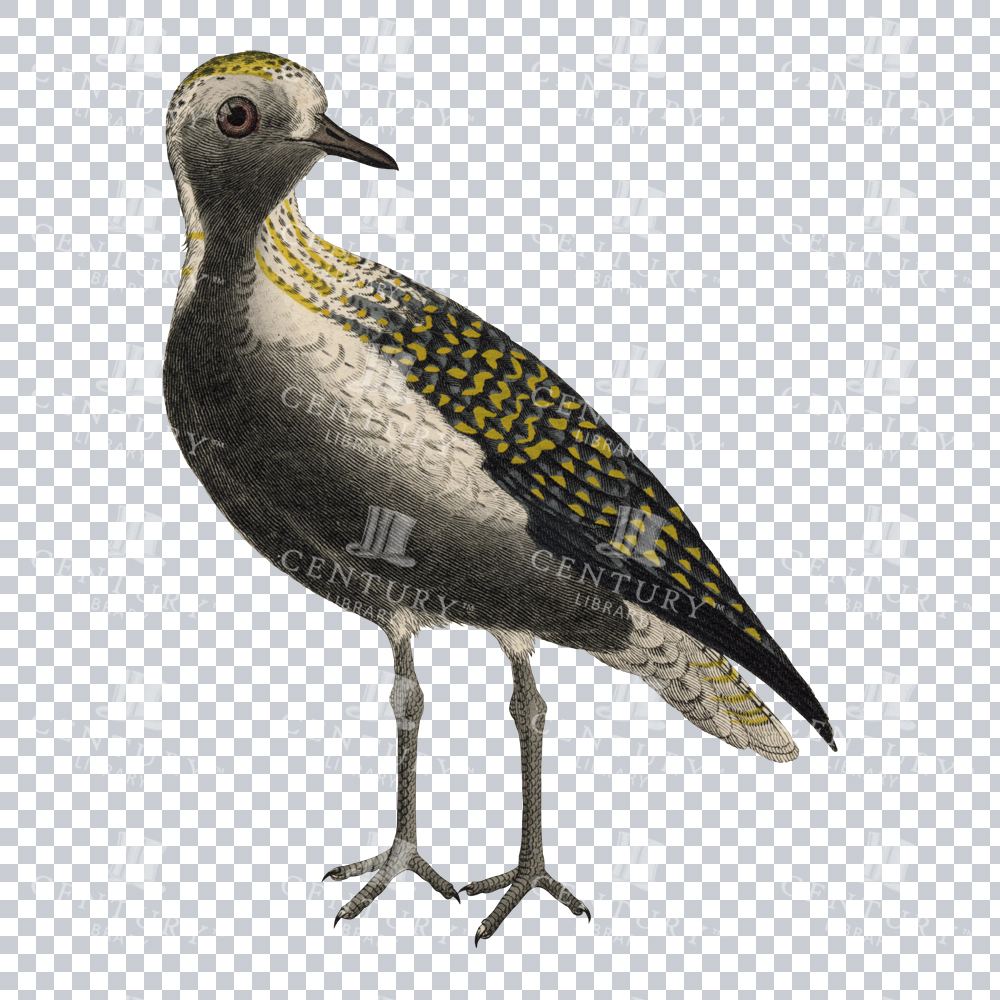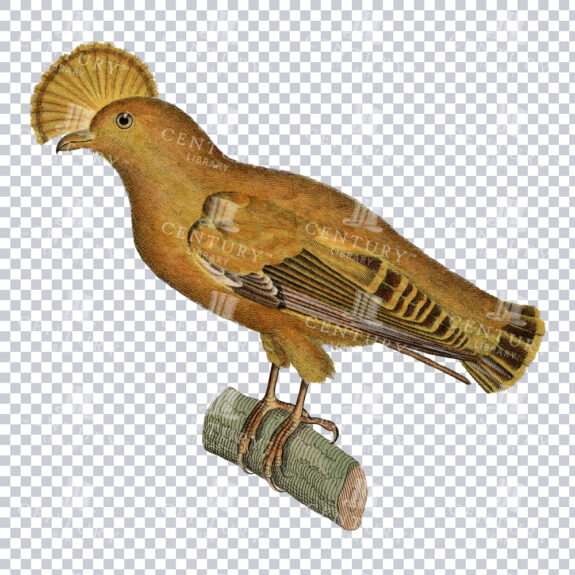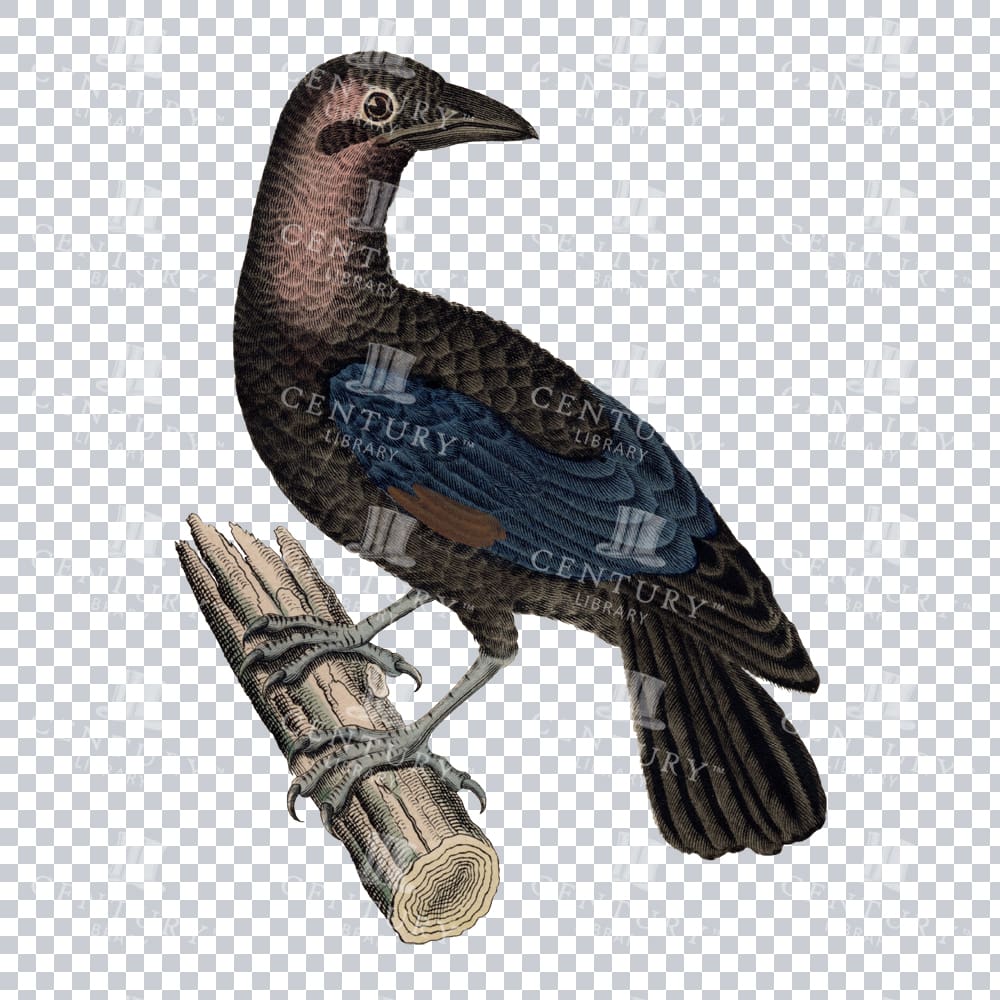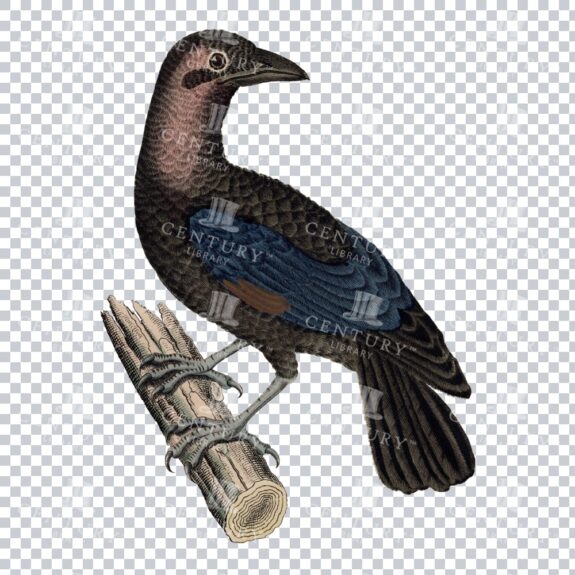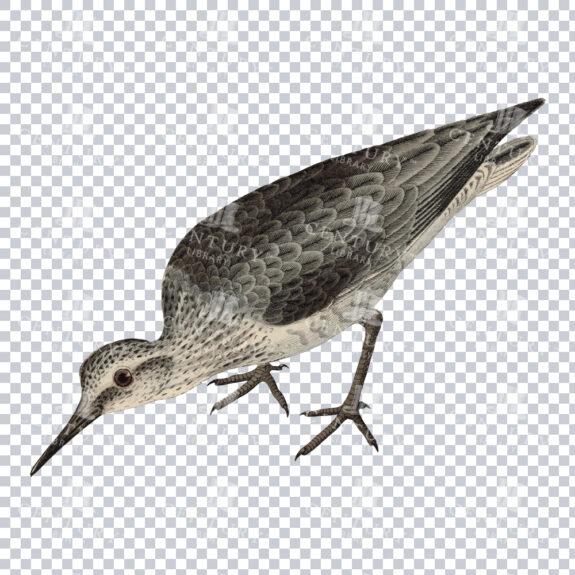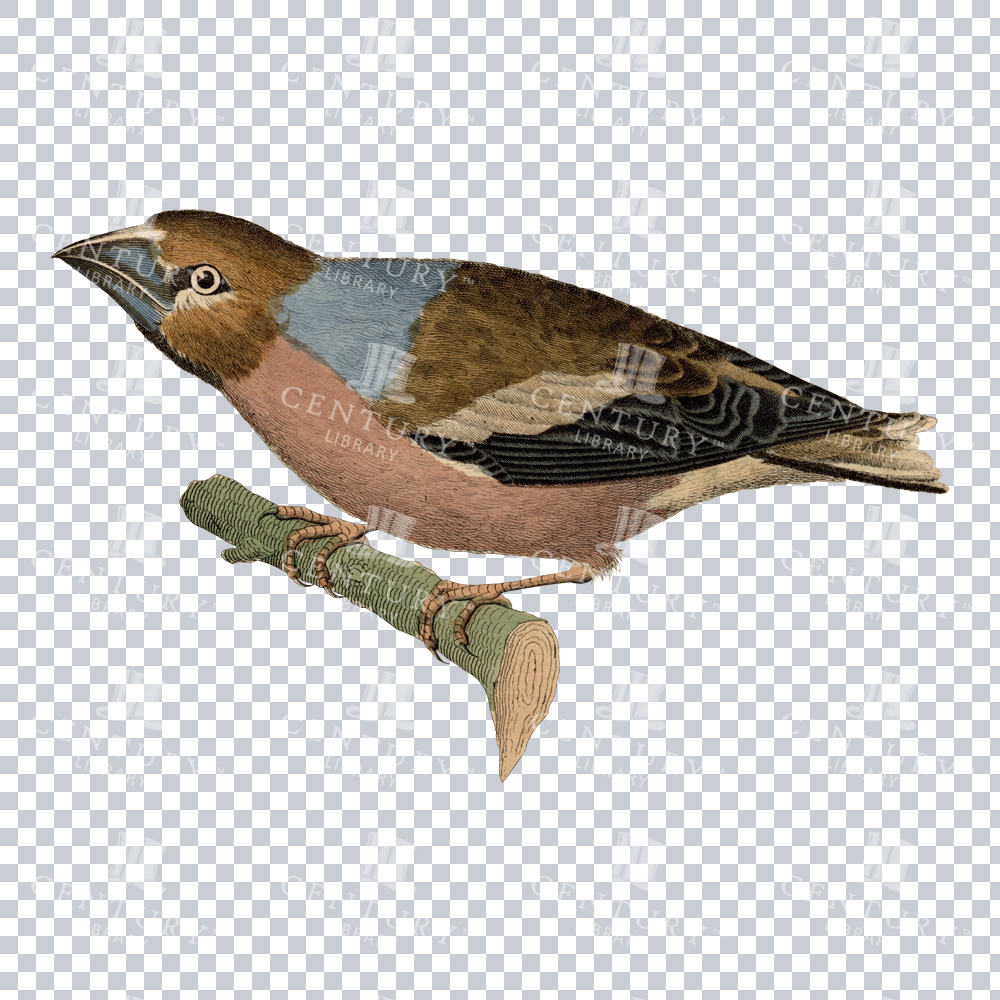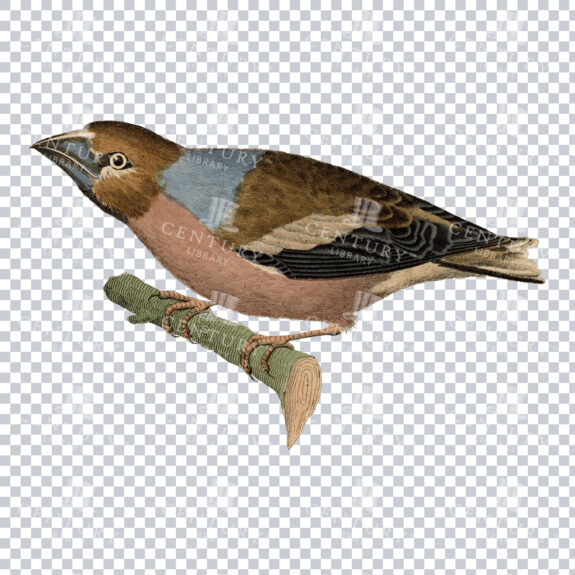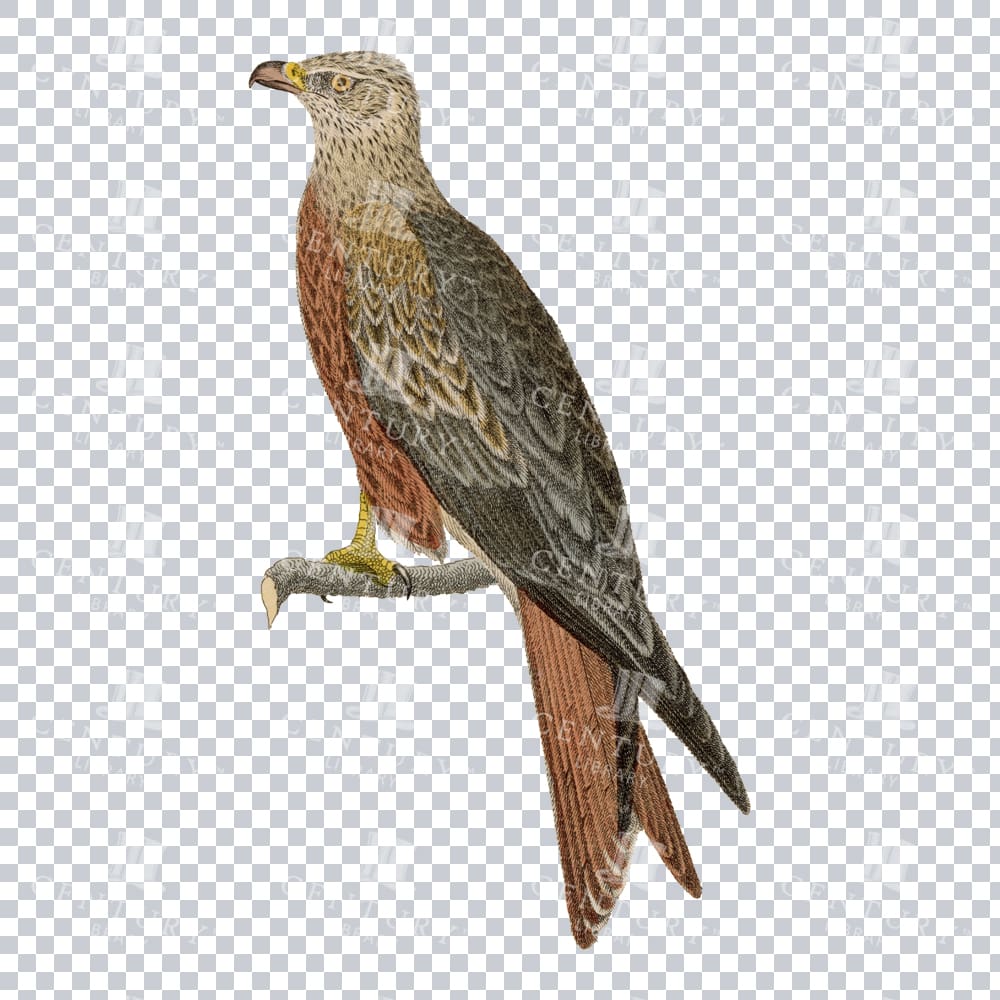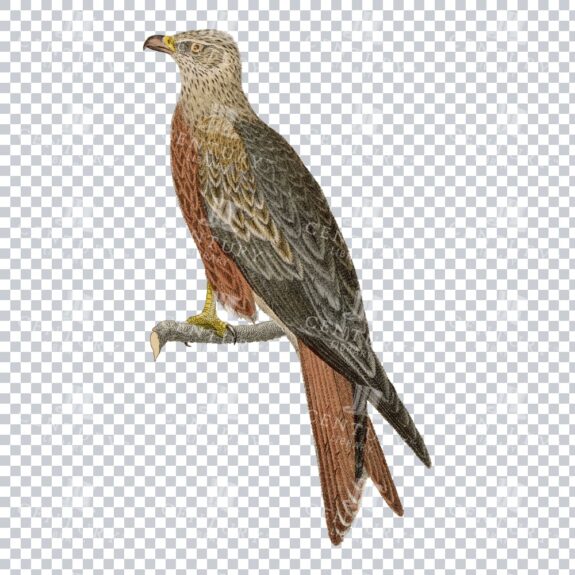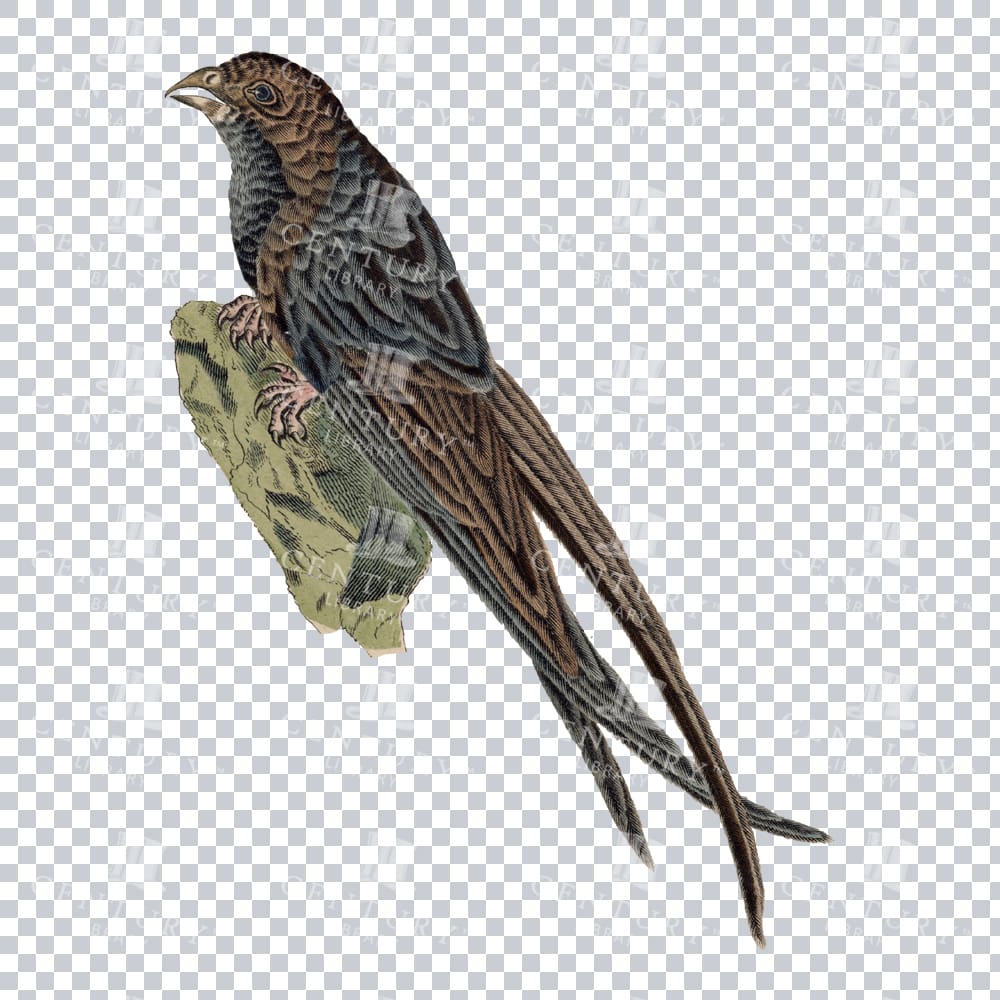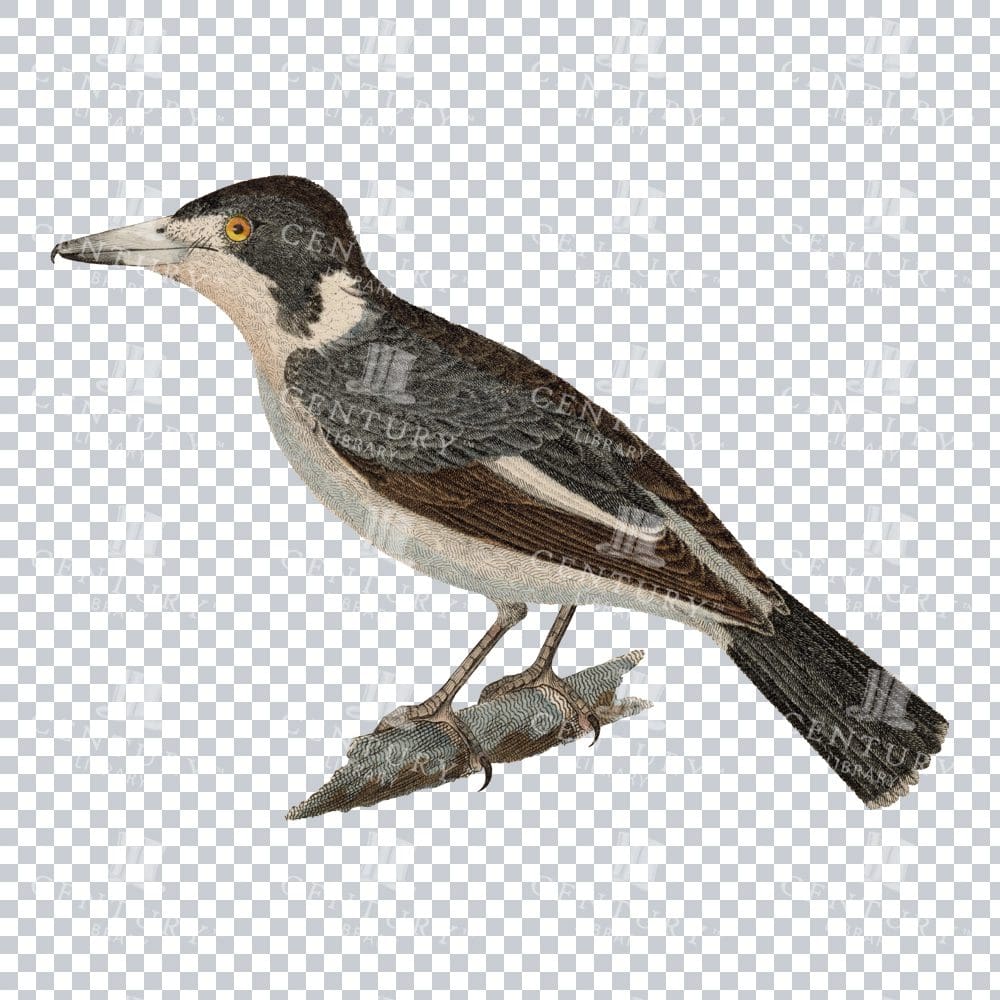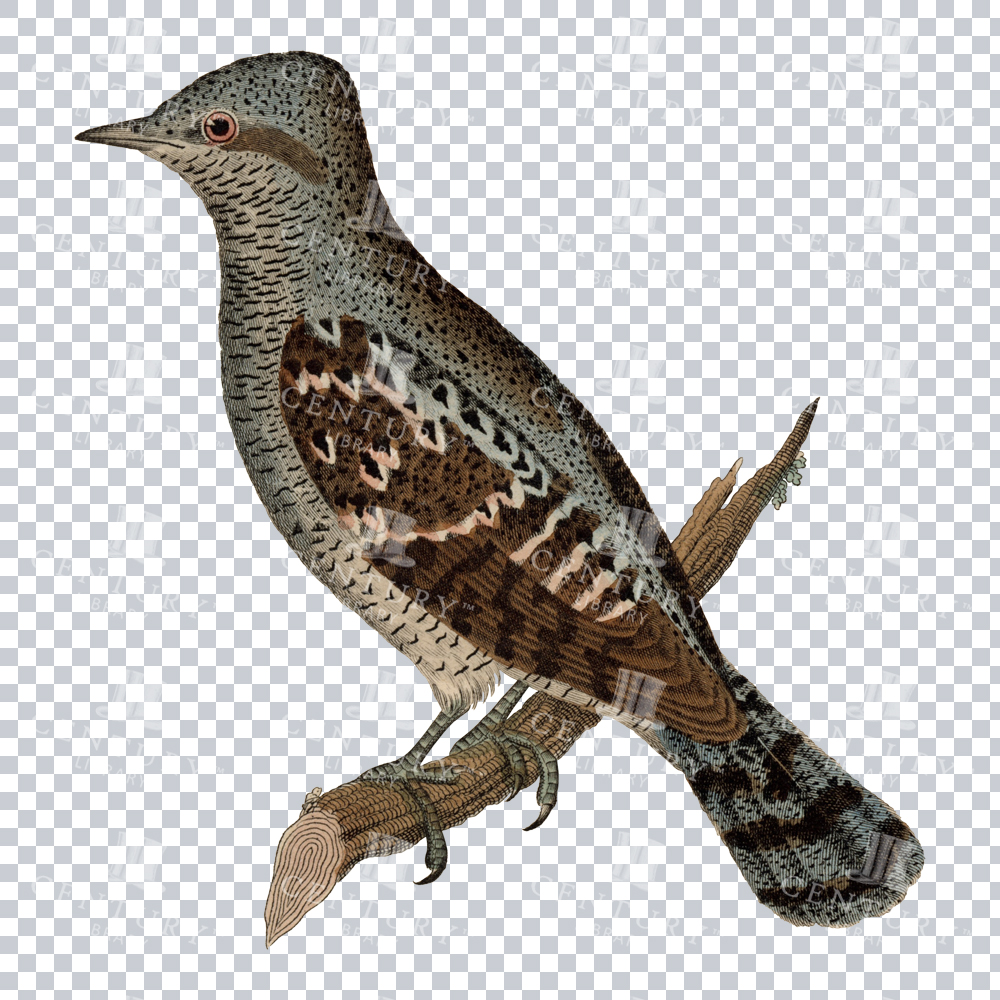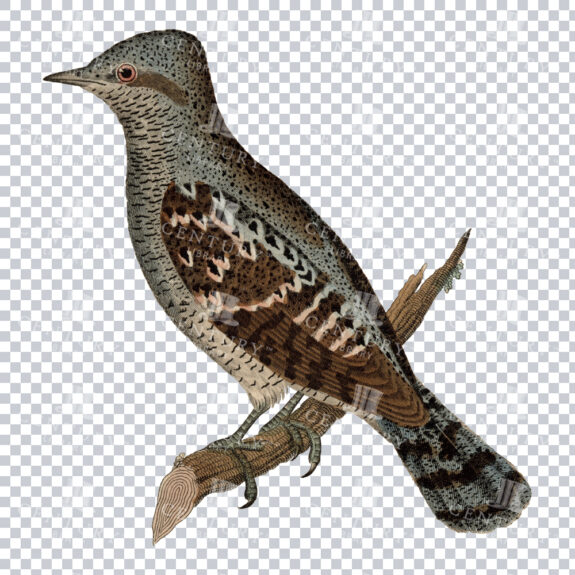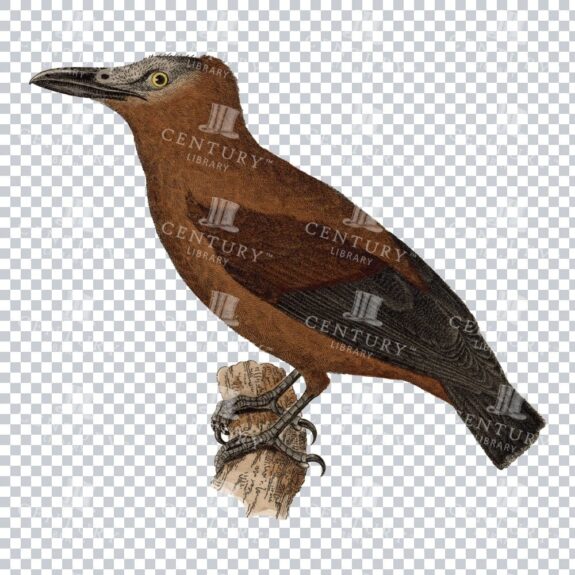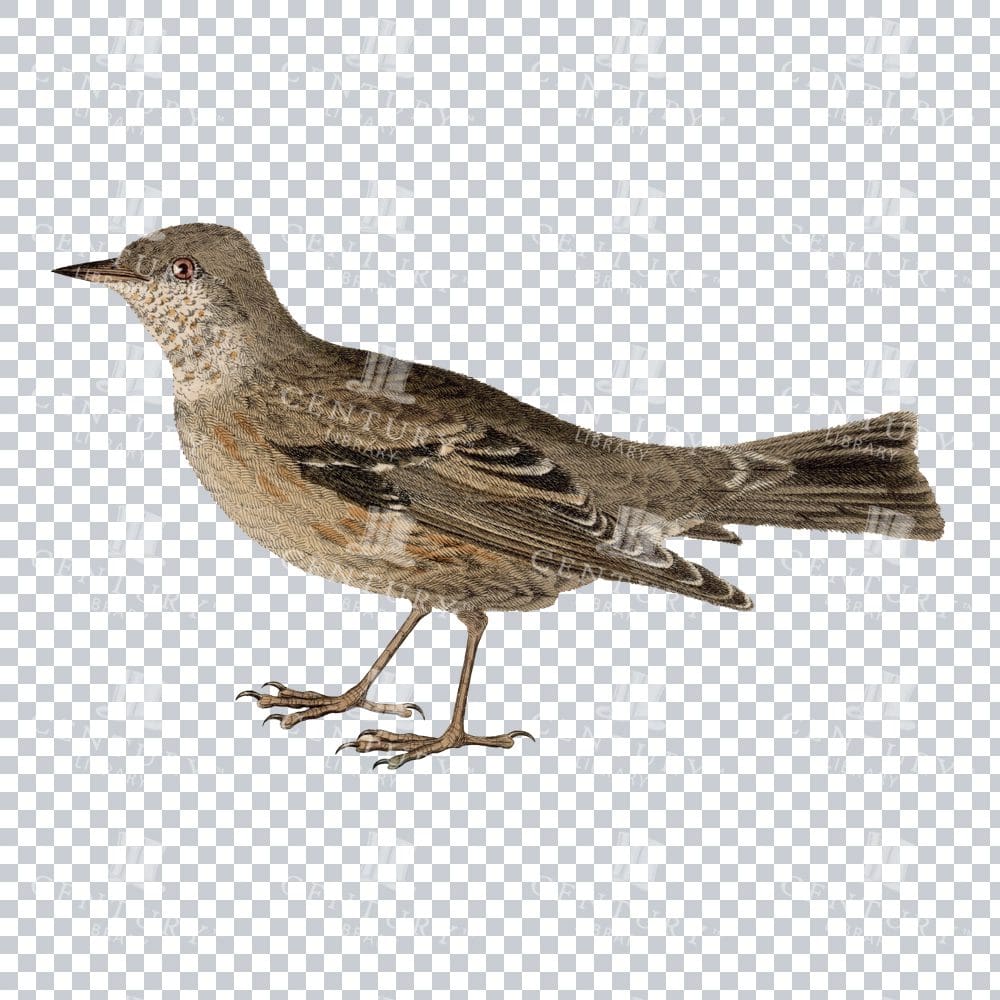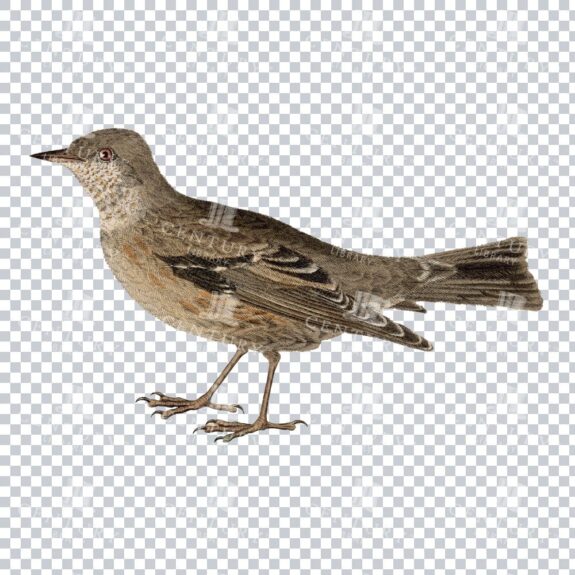
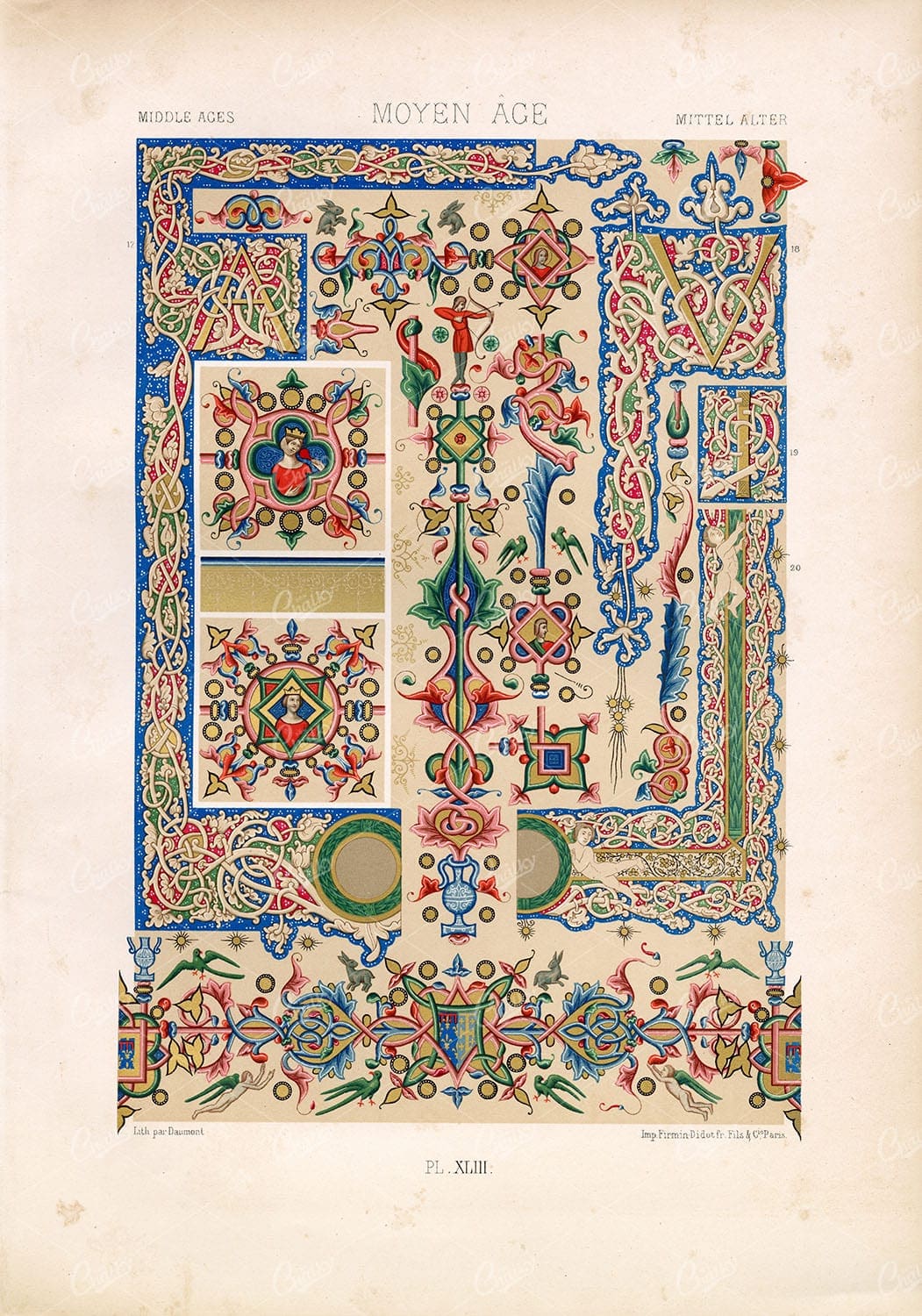

MIDDLE AGES Illumination and Embellishment Design RACINET Stock Illustration
Here we have an original vintage print from the Auguste Racinet L'ornement Polycrome (1870) series. One of the finest collections of decorative arts from the 19th century, refered to for inspiration by many modern creators. Many interesting and useful design elements are waiting to be explored in this one piece! The purpose of the fantastic reproductions in L'Ornement polychrome were to inspire an improvement of the decorative arts of its time.
- License Info
- Resolution: 13087 x 18674 300dpi
- Year of Print: Estimated 1873
- Artist: Auguste Racinet
From this collection


ANTIQUE Original Kono Bairei Woodblock Japanese Print 1881 Pigeons
You’re looking at a beautiful piece of Japanese woodblock art from our collection of original 1881 prints by noted artist, Kono Bairei; Created for one of his best-known publications ‘one hundred birds’. Most of the bird species throughout this collection were native to Japan, with a few domesticated and some imported cage birds. Bairei was born and lived in Kyoto. He was apprenticed to the Maruyama printer Nakajima Raiso at the age of eight. He was a pupil of Shijo artist Shiokawa Bunrin and followed the Nanga school tradition. He established the Kyoto Prefectural School of Painting before opening his own studio to students and retiring from teaching.
- License Info
- Resolution: 5773 x 8263 300dpi
- Year of Print: 1881
- Artist: Kono Bairei
From this collection
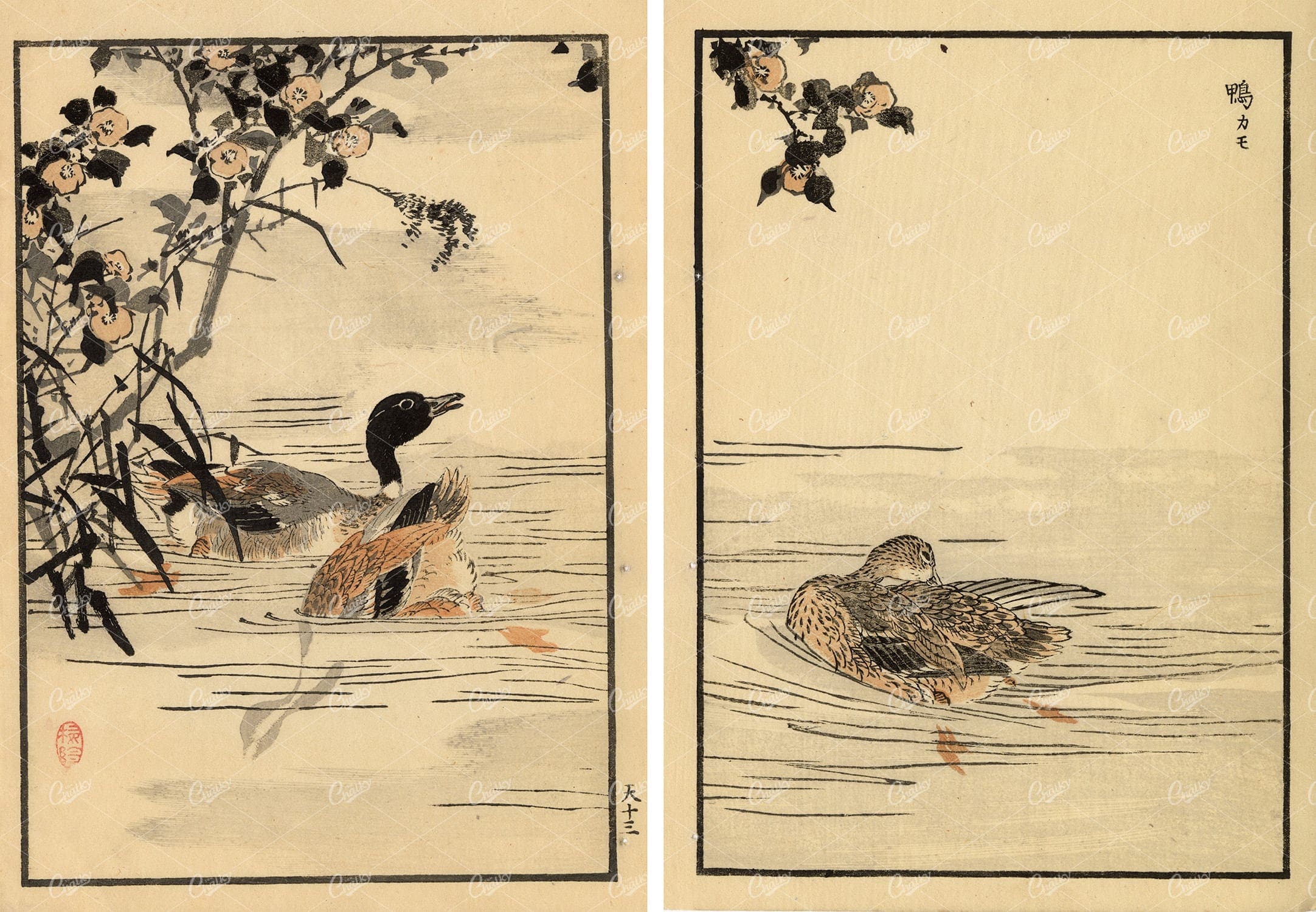

ANTIQUE Original Kono Bairei Woodblock Japanese Prints 1881 Ducks in Lake
You’re looking at a beautiful piece of Japanese woodblock art from our collection of original 1881 prints by noted artist, Kono Bairei; Created for one of his best-known publications ‘one hundred birds’. Most of the bird species throughout this collection were native to Japan, with a few domesticated and some imported cage birds. Bairei was born and lived in Kyoto. He was apprenticed to the Maruyama printer Nakajima Raiso at the age of eight. He was a pupil of Shijo artist Shiokawa Bunrin and followed the Nanga school tradition. He established the Kyoto Prefectural School of Painting before opening his own studio to students and retiring from teaching.
- License Info
- Resolution: 11582 x 8028
- Year of Print: 1881
- Artist: Kono Bairei
From this collection


ANTIQUE Kono Bairei Woodblock Japanese Art Print 1881 Bird Cleaning
You’re looking at a beautiful piece of Japanese woodblock art from our collection of original 1881 prints by noted artist, Kono Bairei; Created for one of his best-known publications ‘one hundred birds’. Most of the bird species throughout this collection were native to Japan, with a few domesticated and some imported cage birds. Bairei was born and lived in Kyoto. He was apprenticed to the Maruyama printer Nakajima Raiso at the age of eight. He was a pupil of Shijo artist Shiokawa Bunrin and followed the Nanga school tradition. He established the Kyoto Prefectural School of Painting before opening his own studio to students and retiring from teaching.
- License Info
- Resolution: 5692 x 8020 300dpi
- Year of Print: 1881
- Artist: Kono Bairei
From this collection
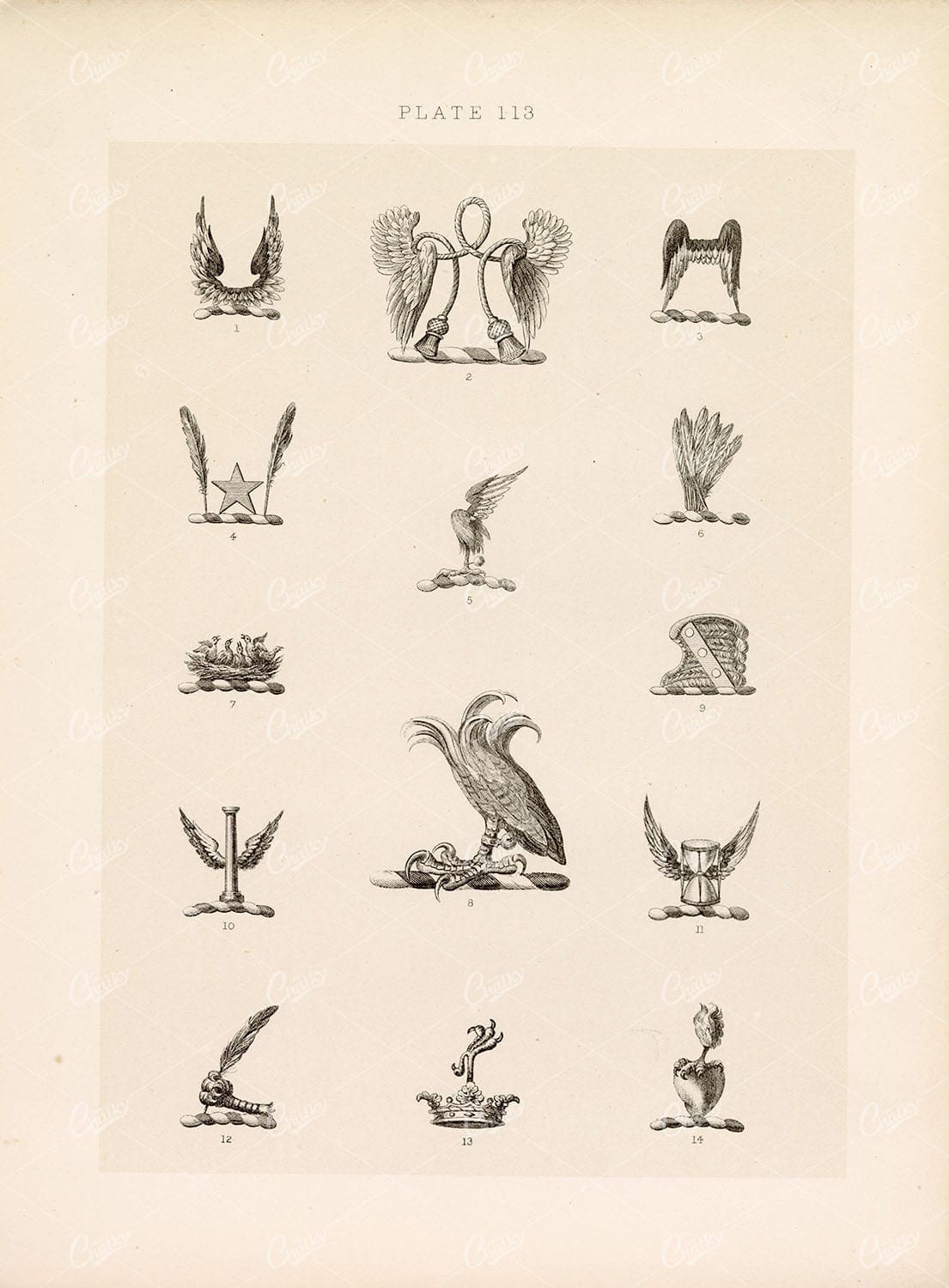

ANTIQUE Original Old Print – Plate Heraldry Crests c1900s Birds Wings Nest
- License Info
- Resolution: 7596 x 10307 300dpi
- Year of Print: 1900
- Artist: Knight & Rumley
From this collection
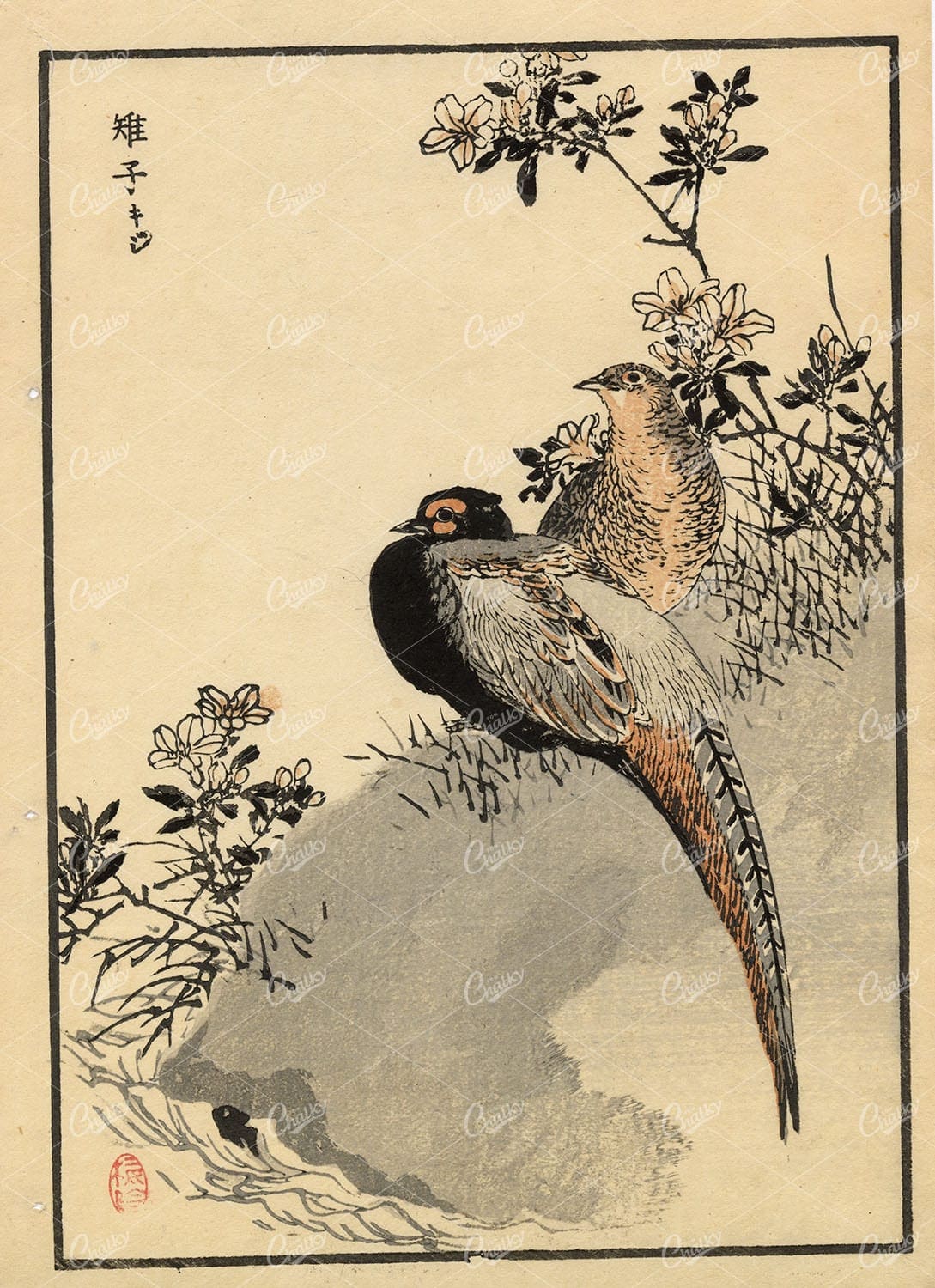

ANTIQUE Original Kono Bairei Wood block Japanese Print 1881 Birds
You’re looking at a beautiful piece of Japanese woodblock art from our collection of original 1881 prints by noted artist, Kono Bairei; Created for one of his best-known publications ‘one hundred birds’. Most of the bird species throughout this collection were native to Japan, with a few domesticated and some imported cage birds. Bairei was born and lived in Kyoto. He was apprenticed to the Maruyama printer Nakajima Raiso at the age of eight. He was a pupil of Shijo artist Shiokawa Bunrin and followed the Nanga school tradition. He established the Kyoto Prefectural School of Painting before opening his own studio to students and retiring from teaching.
- License Info
- Resolution: 5653 x 7787 300dpi
- Year of Print: 1881
- Artist: Kono Bairei
From this collection


PNG Color Image of a Secretarybird
- License Info
- Resolution: 4195 × 5437
- Image Type(s): PNG
From this collection
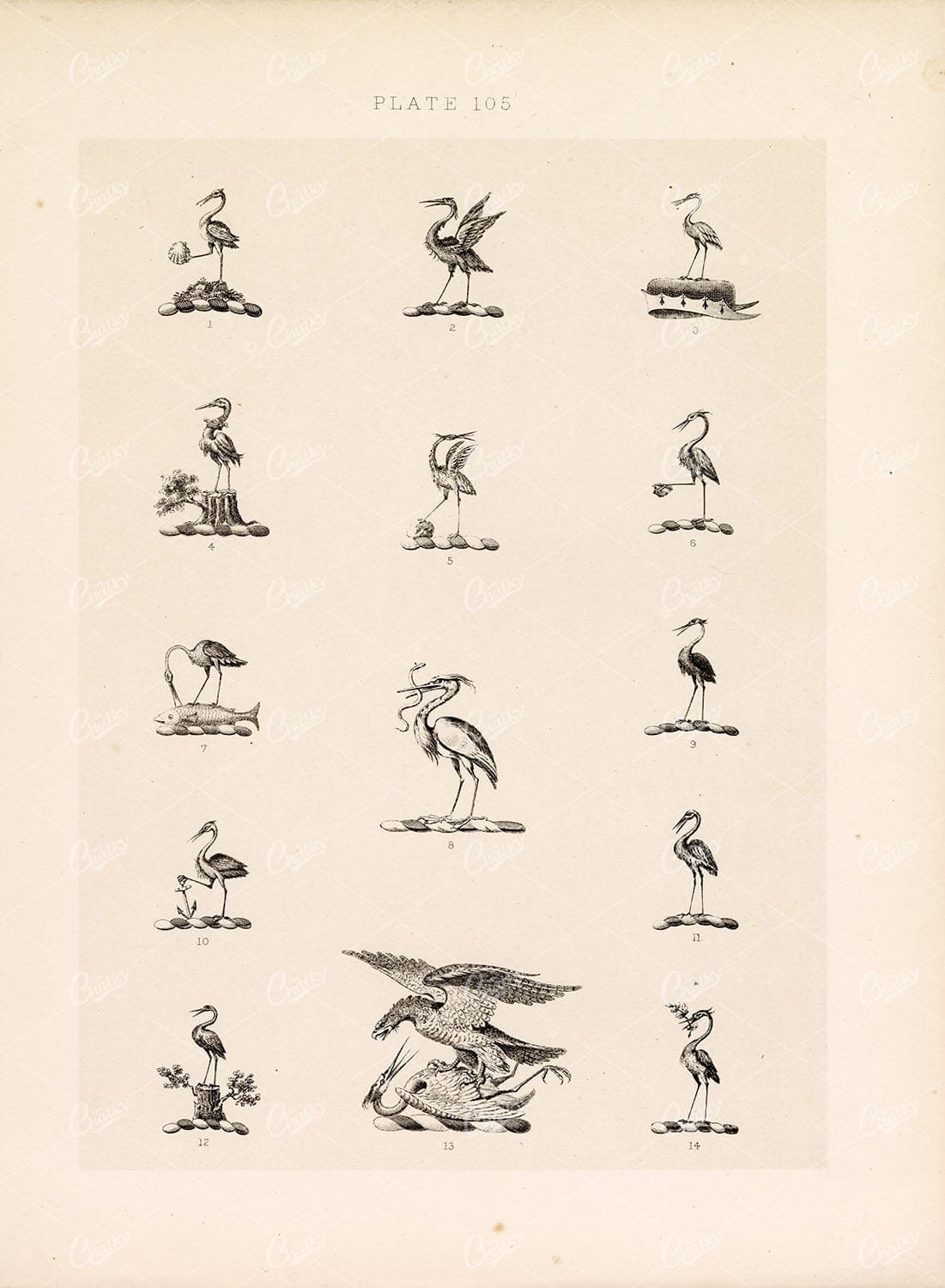

ANTIQUE Original Old Print – Heraldry Crests c1900s Winged Birds
- License Info
- Resolution: 7553 x 10291 300dpi
- Year of Print: 1900
- Artist: Knight & Rumley
From this collection
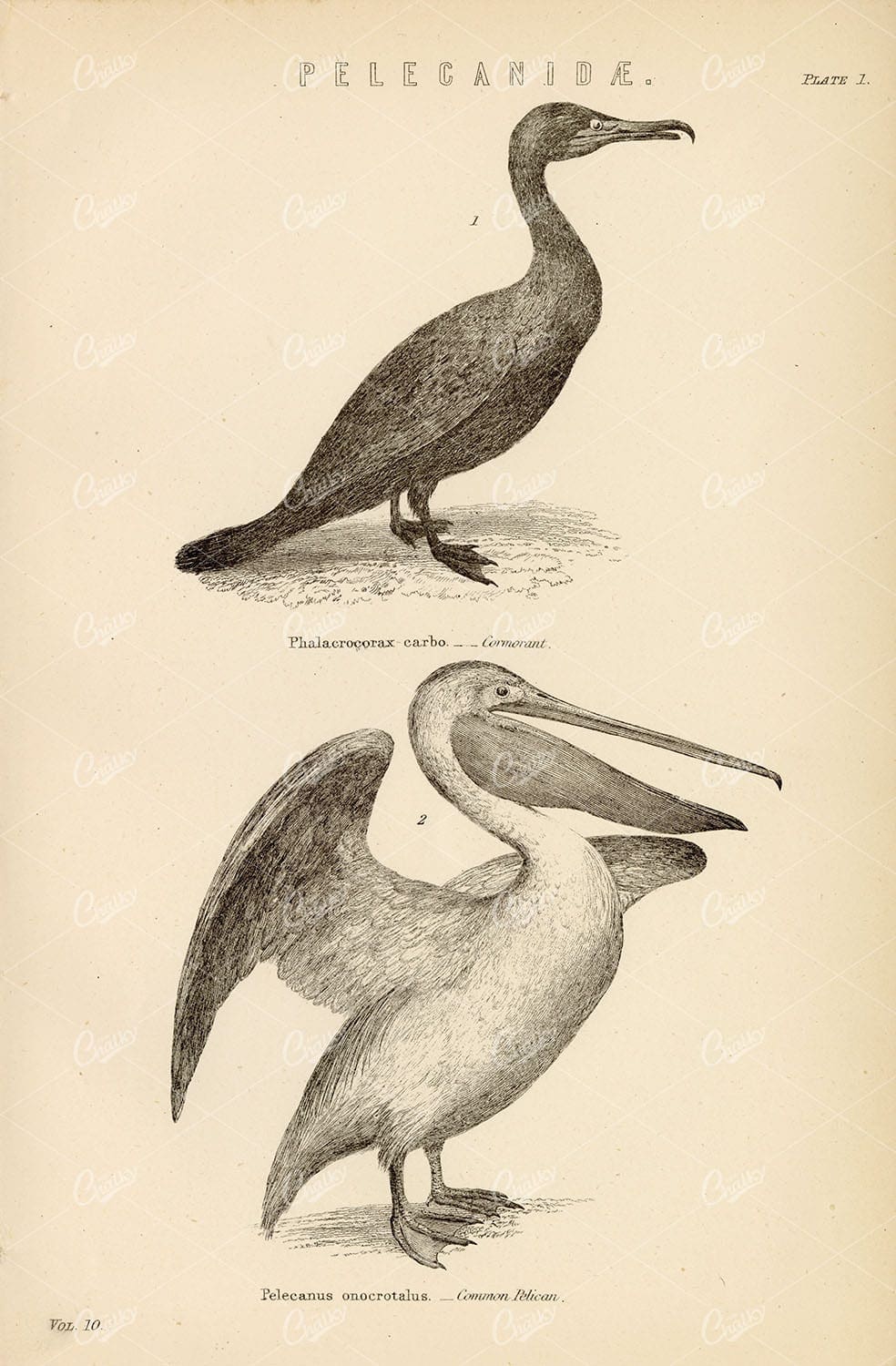

BIRDS Pelicans – Common and Cormorant, Antique 1880s Print
An original Antique Plate scan from the National Encyclopaedia: A Dictionary of Universal Knowledge. Published by William Mackenzie in 1880. Click on the Artist's name to see the full collection from this series!
- License Info
- Resolution: 5500 x 8600 300dpi
- Year of Print: 1880
- Artist: William Mackenzie
From this collection


ANTIQUE Japanese Kono Bairei Woodblock Art Print 1881 Bird
You’re looking at a beautiful piece of Japanese woodblock art from our collection of original 1881 prints by noted artist, Kono Bairei; Created for one of his best-known publications ‘one hundred birds’. Most of the bird species throughout this collection were native to Japan, with a few domesticated and some imported cage birds. Bairei was born and lived in Kyoto. He was apprenticed to the Maruyama printer Nakajima Raiso at the age of eight. He was a pupil of Shijo artist Shiokawa Bunrin and followed the Nanga school tradition. He established the Kyoto Prefectural School of Painting before opening his own studio to students and retiring from teaching.
- License Info
- Resolution: 5670 x 7885 300dpi
- Year of Print: 1881
- Artist: Kono Bairei
From this collection
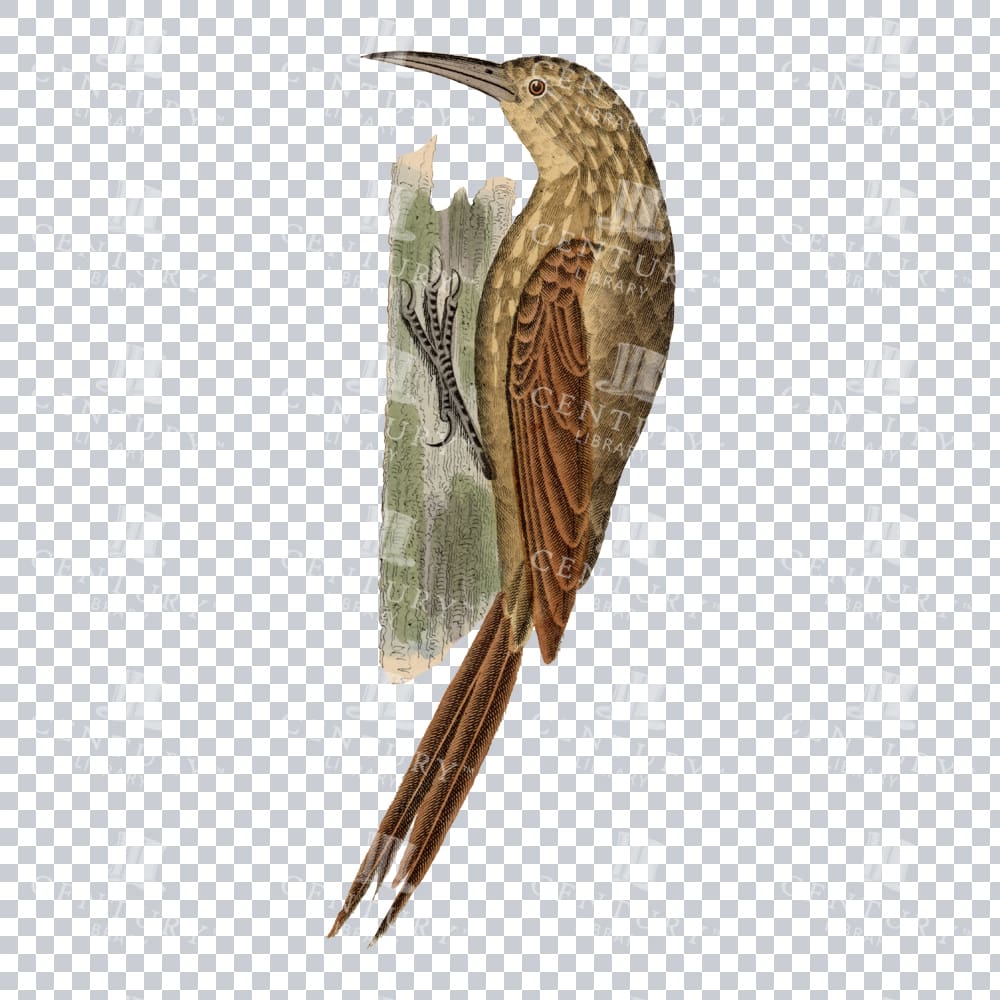

Coloured Isolated PNG of a Barred Woodcreeper Bird
- License Info
- Resolution: 1600 × 4065
- Image Type(s): PNG
From this collection
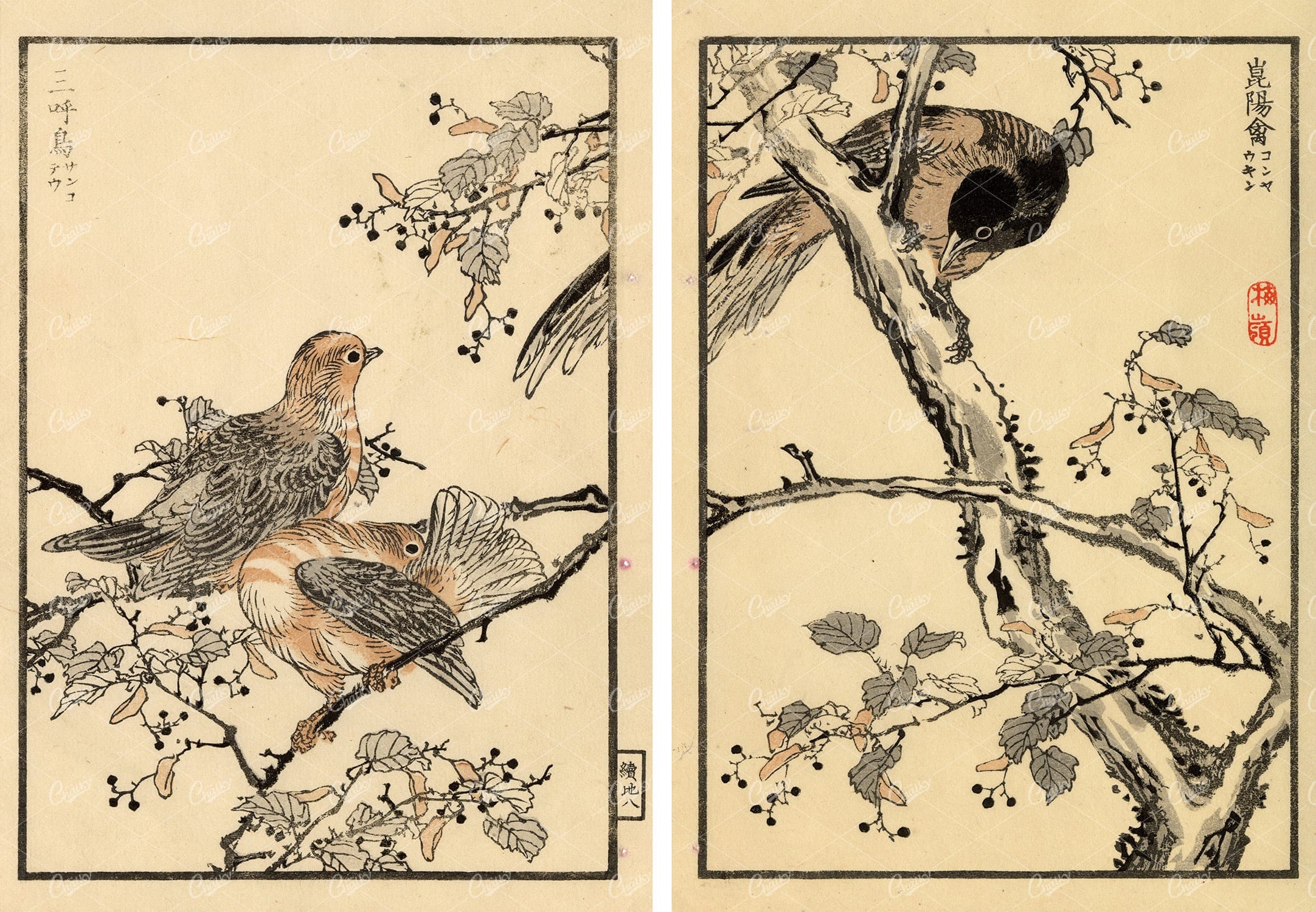

ANTIQUE Original Kono Bairei Woodblock Japanese Prints 1881 Birds in Tree
You’re looking at a beautiful piece of Japanese woodblock art from our collection of original 1881 prints by noted artist, Kono Bairei; Created for one of his best-known publications ‘one hundred birds’. Most of the bird species throughout this collection were native to Japan, with a few domesticated and some imported cage birds. Bairei was born and lived in Kyoto. He was apprenticed to the Maruyama printer Nakajima Raiso at the age of eight. He was a pupil of Shijo artist Shiokawa Bunrin and followed the Nanga school tradition. He established the Kyoto Prefectural School of Painting before opening his own studio to students and retiring from teaching.
- License Info
- Resolution: 11582 x 8028
- Year of Print: 1881
- Artist: Kono Bairei
From this collection
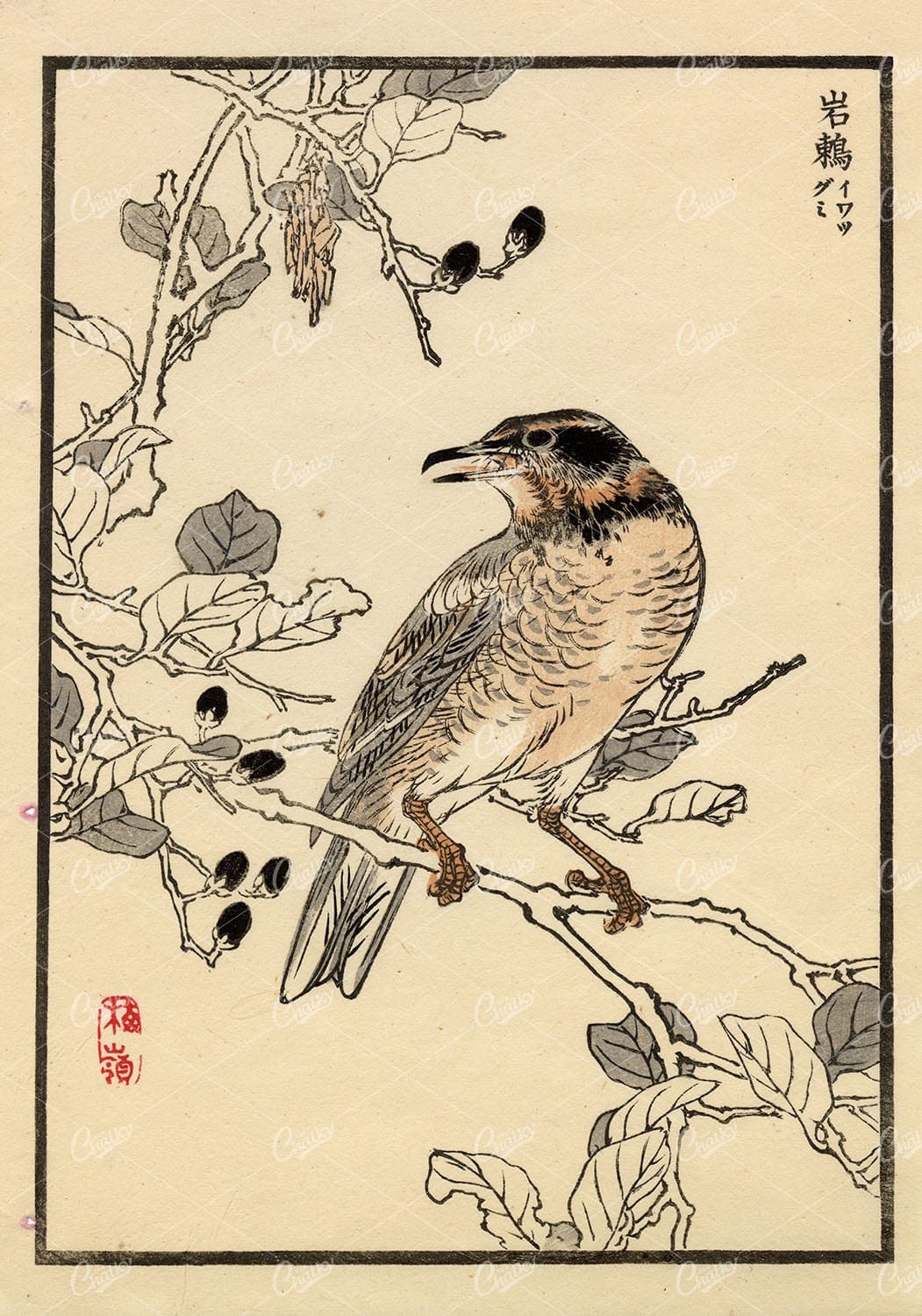

ANTIQUE Original Kono Bairei Woodblock Japanese Print 1881 Bird on Branch
You’re looking at a beautiful piece of Japanese woodblock art from our collection of original 1881 prints by noted artist, Kono Bairei; Created for one of his best-known publications ‘one hundred birds’. Most of the bird species throughout this collection were native to Japan, with a few domesticated and some imported cage birds. Bairei was born and lived in Kyoto. He was apprenticed to the Maruyama printer Nakajima Raiso at the age of eight. He was a pupil of Shijo artist Shiokawa Bunrin and followed the Nanga school tradition. He established the Kyoto Prefectural School of Painting before opening his own studio to students and retiring from teaching.
- License Info
- Resolution: 5690 x 8123 300dpi
- Year of Print: 1881
- Artist: Kono Bairei
From this collection


ORIGINAL Japanese Antique Print – Kono Bairei Woodblock 1881 Birds
You’re looking at a beautiful piece of Japanese woodblock art from our collection of original 1881 prints by noted artist, Kono Bairei; Created for one of his best-known publications ‘one hundred birds’. Most of the bird species throughout this collection were native to Japan, with a few domesticated and some imported cage birds. Bairei was born and lived in Kyoto. He was apprenticed to the Maruyama printer Nakajima Raiso at the age of eight. He was a pupil of Shijo artist Shiokawa Bunrin and followed the Nanga school tradition. He established the Kyoto Prefectural School of Painting before opening his own studio to students and retiring from teaching.
- License Info
- Resolution: 5725 x 8028 300dpi
- Year of Print: 1881
- Artist: Kono Bairei
From this collection
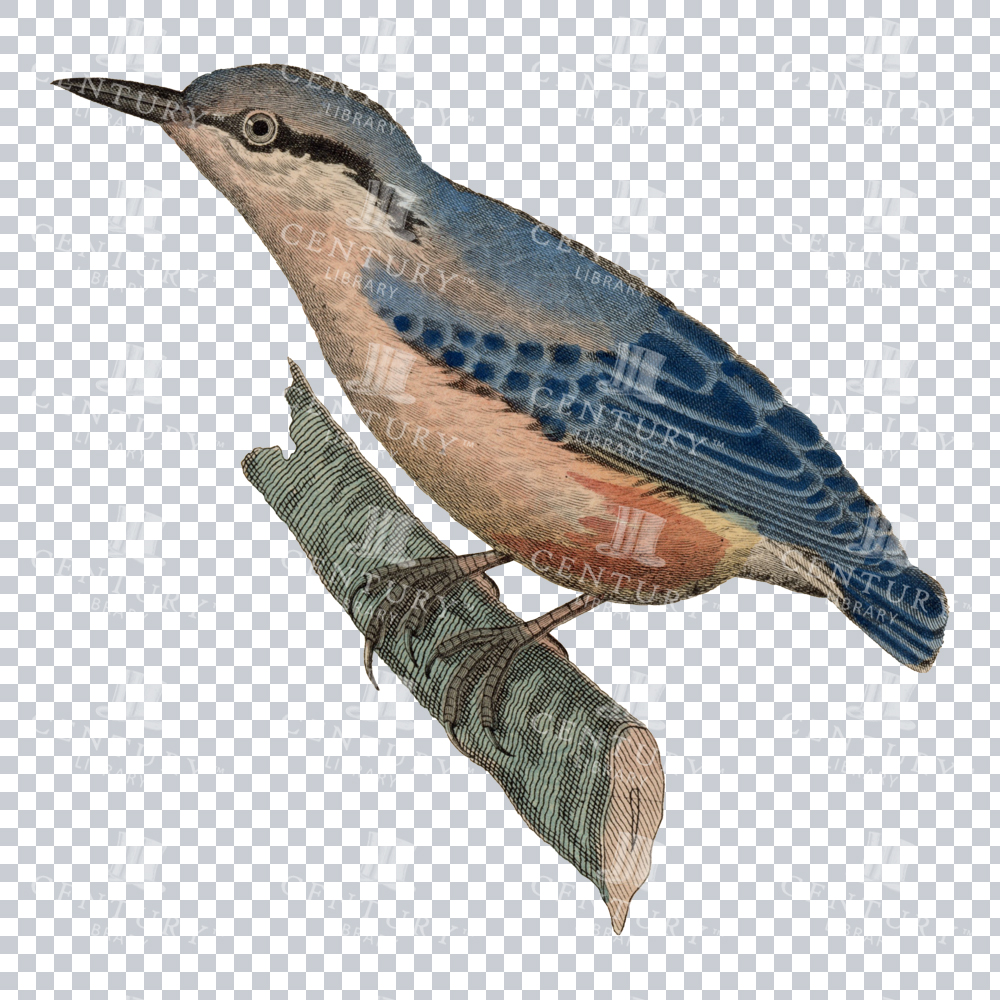

Stunning Old Artwork of a Eurasian Nuthatch Bird
- Resolution: 2859 × 2773
- Image Type(s): PNG
From this collection
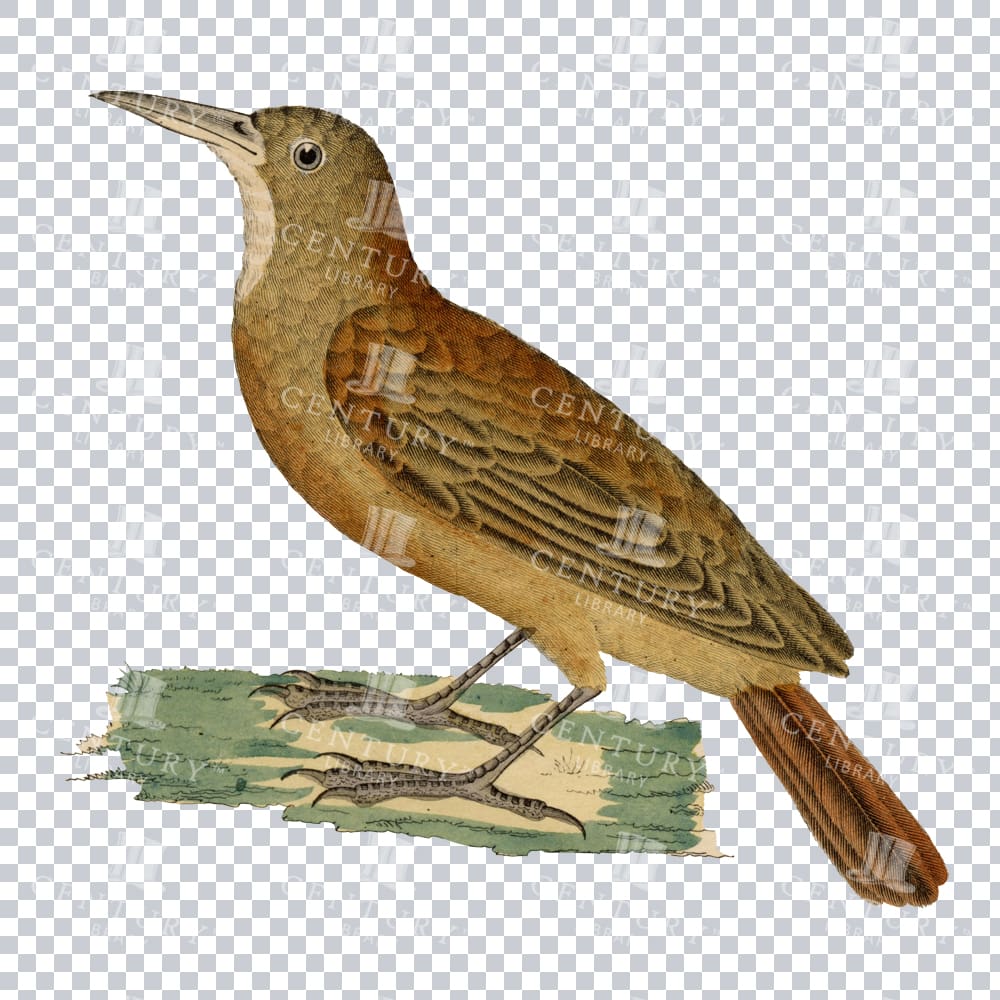

Restored Colored PNG Bird Illustration 22
- License Info
- Resolution: 3228 × 2937
- Image Type(s): PNG
From this collection
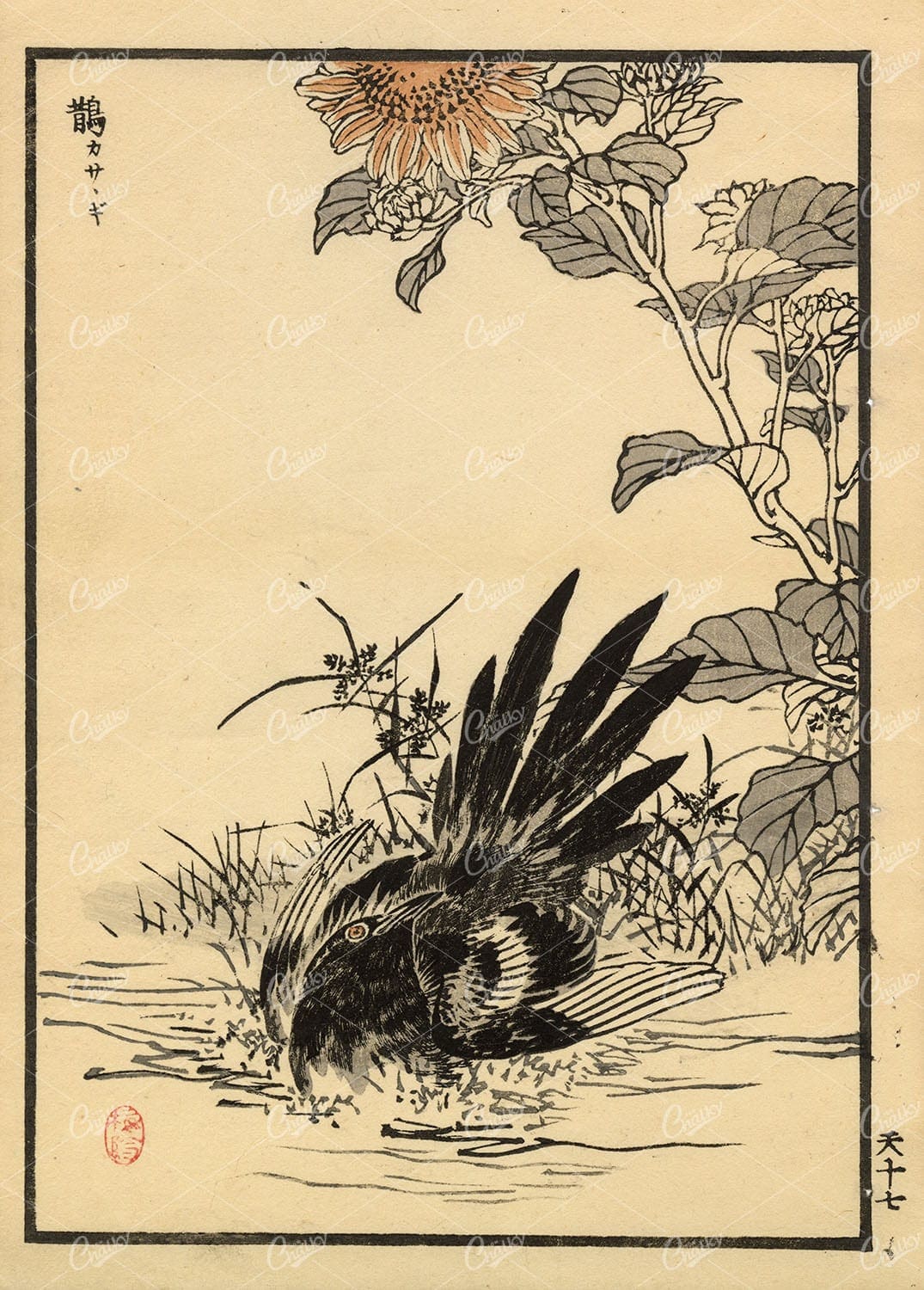

ANTIQUE Original Kono Bairei Woodblock Japanese Print 1881 Bird Bath
You’re looking at a beautiful piece of Japanese woodblock art from our collection of original 1881 prints by noted artist, Kono Bairei; Created for one of his best-known publications ‘one hundred birds’. Most of the bird species throughout this collection were native to Japan, with a few domesticated and some imported cage birds. Bairei was born and lived in Kyoto. He was apprenticed to the Maruyama printer Nakajima Raiso at the age of eight. He was a pupil of Shijo artist Shiokawa Bunrin and followed the Nanga school tradition. He established the Kyoto Prefectural School of Painting before opening his own studio to students and retiring from teaching.
- License Info
- Resolution: 5751 x 8028 300dpi
- Year of Print: 1881
- Artist: Kono Bairei
From this collection
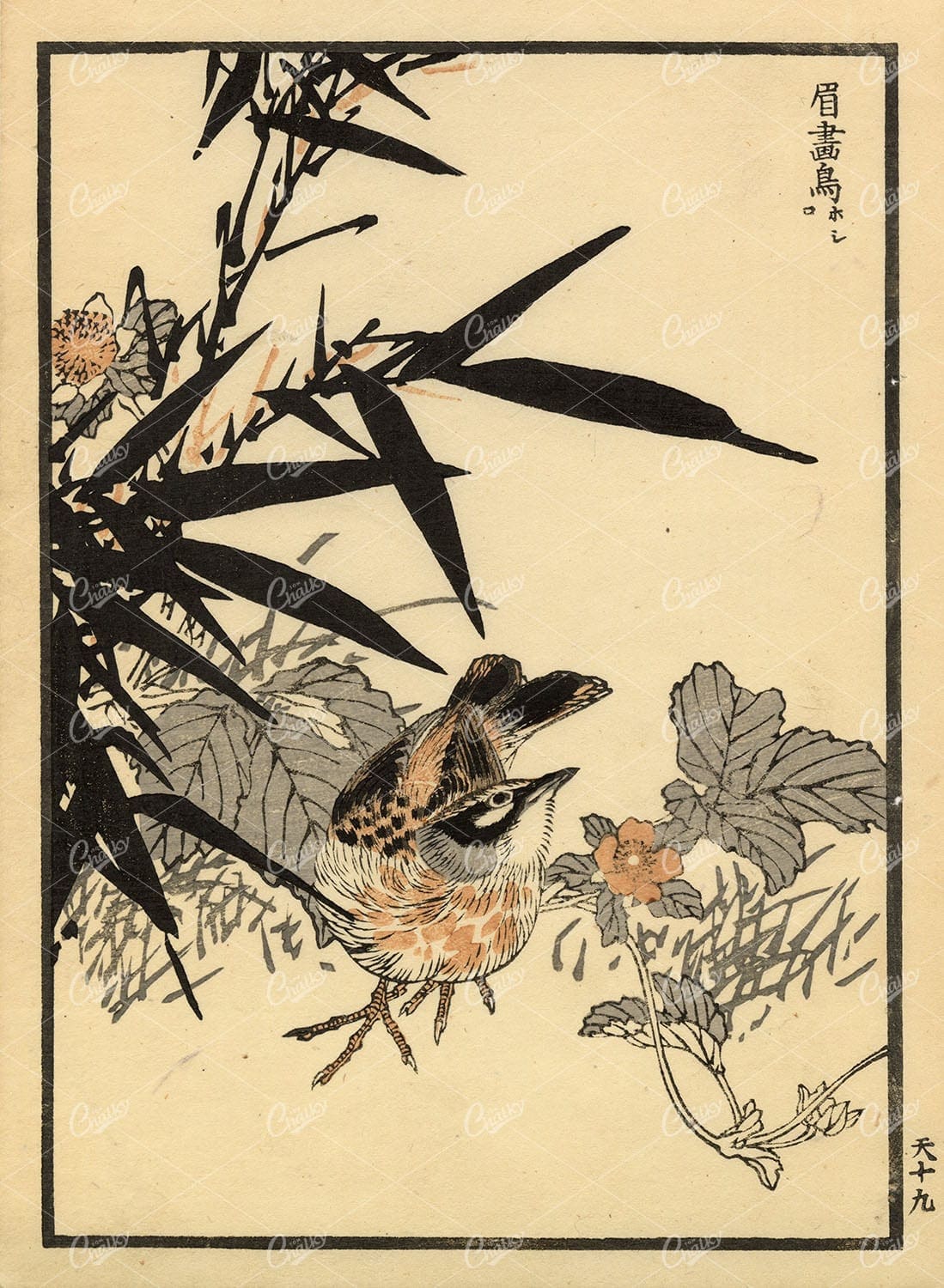

1881 Antique Original Kono Bairei Wood-block Japanese Print – Bird
You’re looking at a beautiful piece of Japanese woodblock art from our collection of original 1881 prints by noted artist, Kono Bairei; Created for one of his best-known publications ‘one hundred birds’. Most of the bird species throughout this collection were native to Japan, with a few domesticated and some imported cage birds. Bairei was born and lived in Kyoto. He was apprenticed to the Maruyama printer Nakajima Raiso at the age of eight. He was a pupil of Shijo artist Shiokawa Bunrin and followed the Nanga school tradition. He established the Kyoto Prefectural School of Painting before opening his own studio to students and retiring from teaching.
- License Info
- Resolution: 5751 x 7850 300dpi
- Year of Print: 1881
- Artist: Kono Bairei
From this collection
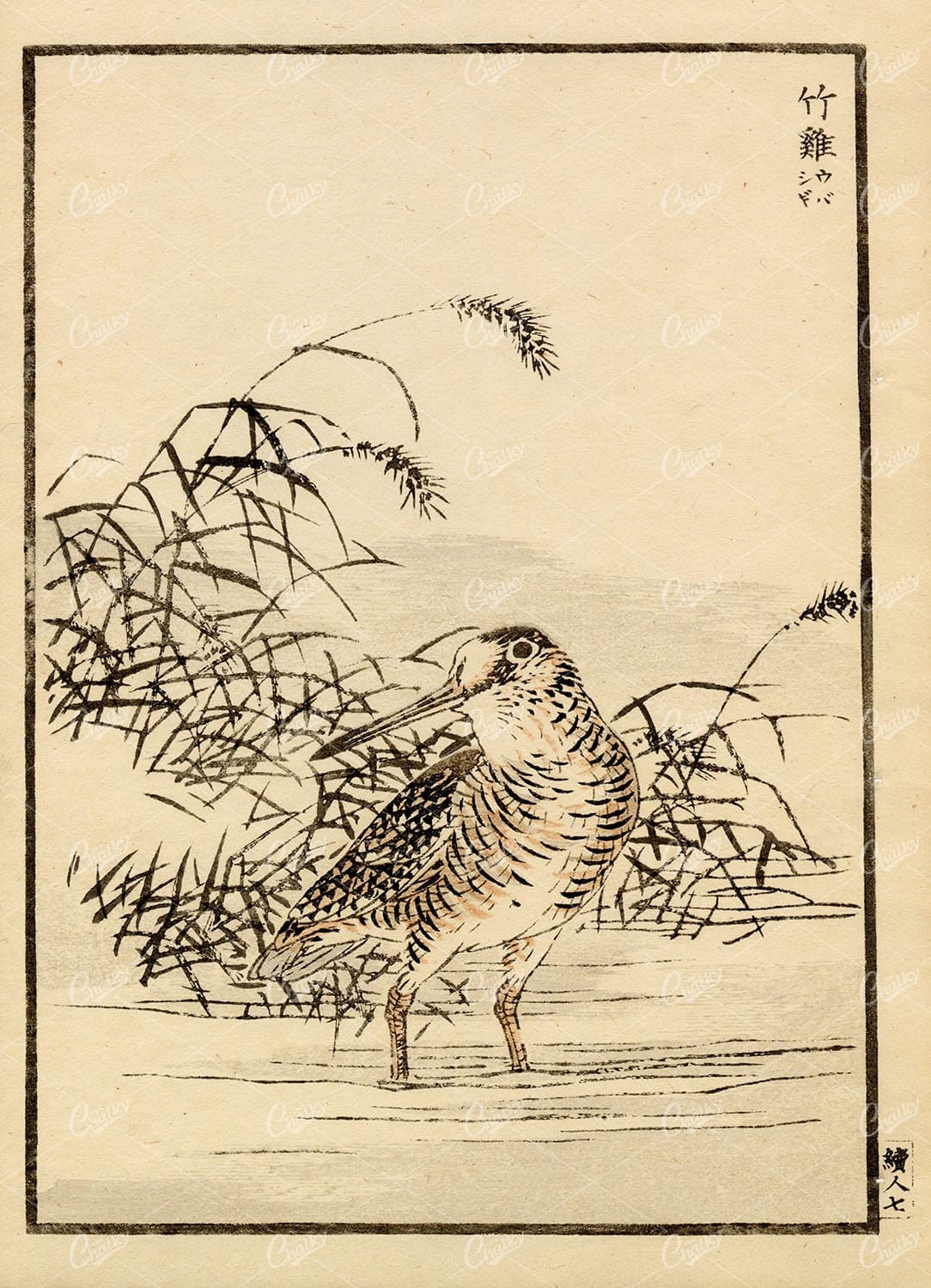

ANTIQUE Original Kono Bairei Bird in Water Japanese Woodblock Print 1881
You’re looking at a beautiful piece of Japanese woodblock art from our collection of original 1881 prints by noted artist, Kono Bairei; Created for one of his best-known publications ‘one hundred birds’. Most of the bird species throughout this collection were native to Japan, with a few domesticated and some imported cage birds. Bairei was born and lived in Kyoto. He was apprenticed to the Maruyama printer Nakajima Raiso at the age of eight. He was a pupil of Shijo artist Shiokawa Bunrin and followed the Nanga school tradition. He established the Kyoto Prefectural School of Painting before opening his own studio to students and retiring from teaching.
- License Info
- Resolution: 5770 x 7988 300dpi
- Year of Print: 1881
- Artist: Kono Bairei
From this collection


ANTIQUE Original Kono Bairei Woodblock Japanese Prints 1881 Birds in Tree
You’re looking at a beautiful piece of Japanese woodblock art from our collection of original 1881 prints by noted artist, Kono Bairei; Created for one of his best-known publications ‘one hundred birds’. Most of the bird species throughout this collection were native to Japan, with a few domesticated and some imported cage birds. Bairei was born and lived in Kyoto. He was apprenticed to the Maruyama printer Nakajima Raiso at the age of eight. He was a pupil of Shijo artist Shiokawa Bunrin and followed the Nanga school tradition. He established the Kyoto Prefectural School of Painting before opening his own studio to students and retiring from teaching.
- License Info
- Resolution: 11582 x 8028
- Year of Print: 1881
- Artist: Kono Bairei
From this collection
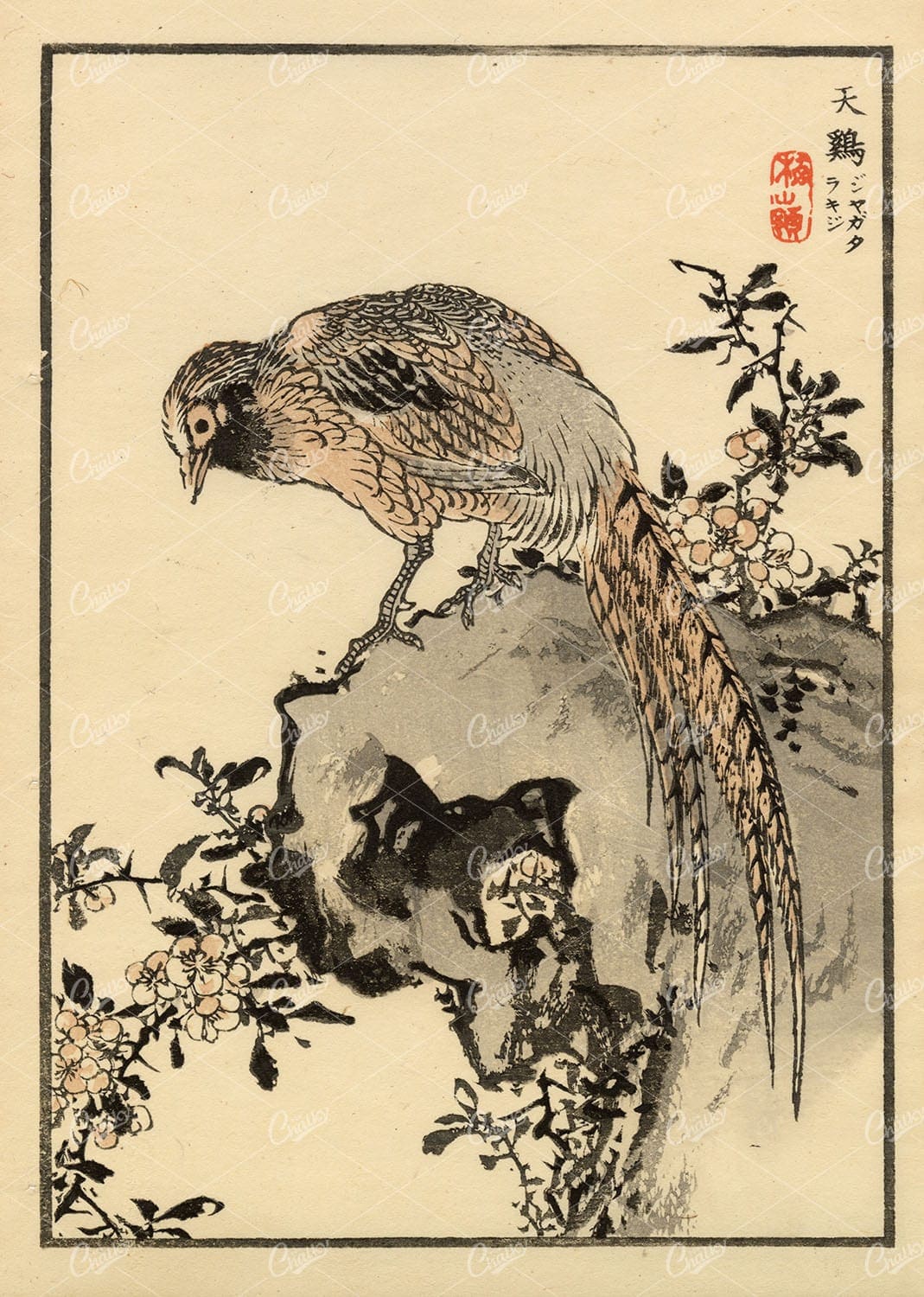

ANTIQUE Original Kono Bairei Woodblock Japanese Print 1881 Bird on Rock
You’re looking at a beautiful piece of Japanese woodblock art from our collection of original 1881 prints by noted artist, Kono Bairei; Created for one of his best-known publications ‘one hundred birds’. Most of the bird species throughout this collection were native to Japan, with a few domesticated and some imported cage birds. Bairei was born and lived in Kyoto. He was apprenticed to the Maruyama printer Nakajima Raiso at the age of eight. He was a pupil of Shijo artist Shiokawa Bunrin and followed the Nanga school tradition. He established the Kyoto Prefectural School of Painting before opening his own studio to students and retiring from teaching.
- License Info
- Resolution: 5661 x 7946 300dpi
- Year of Print: 1881
- Artist: Kono Bairei
From this collection
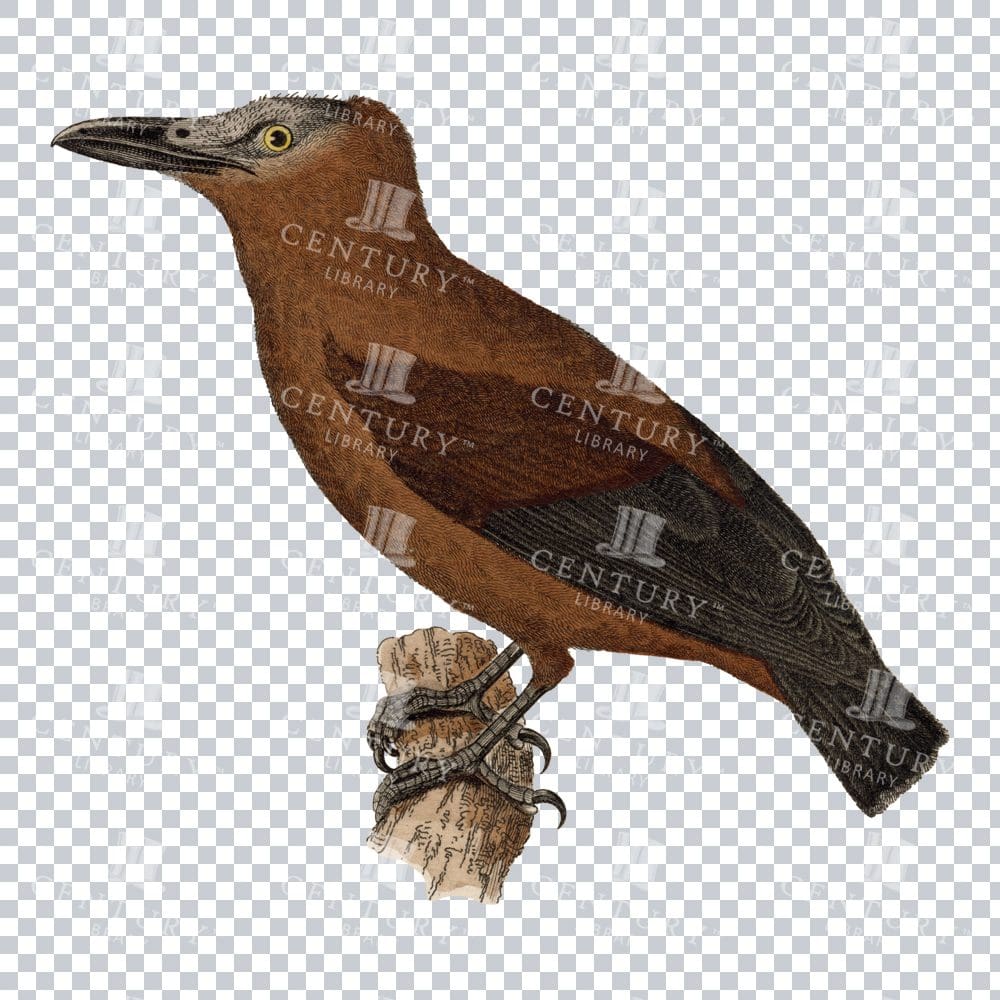

Coloured Isolated PNG of a Brown Necked Raven
- License Info
- Resolution: 3121 × 2835
- Image Type(s): PNG
From this collection
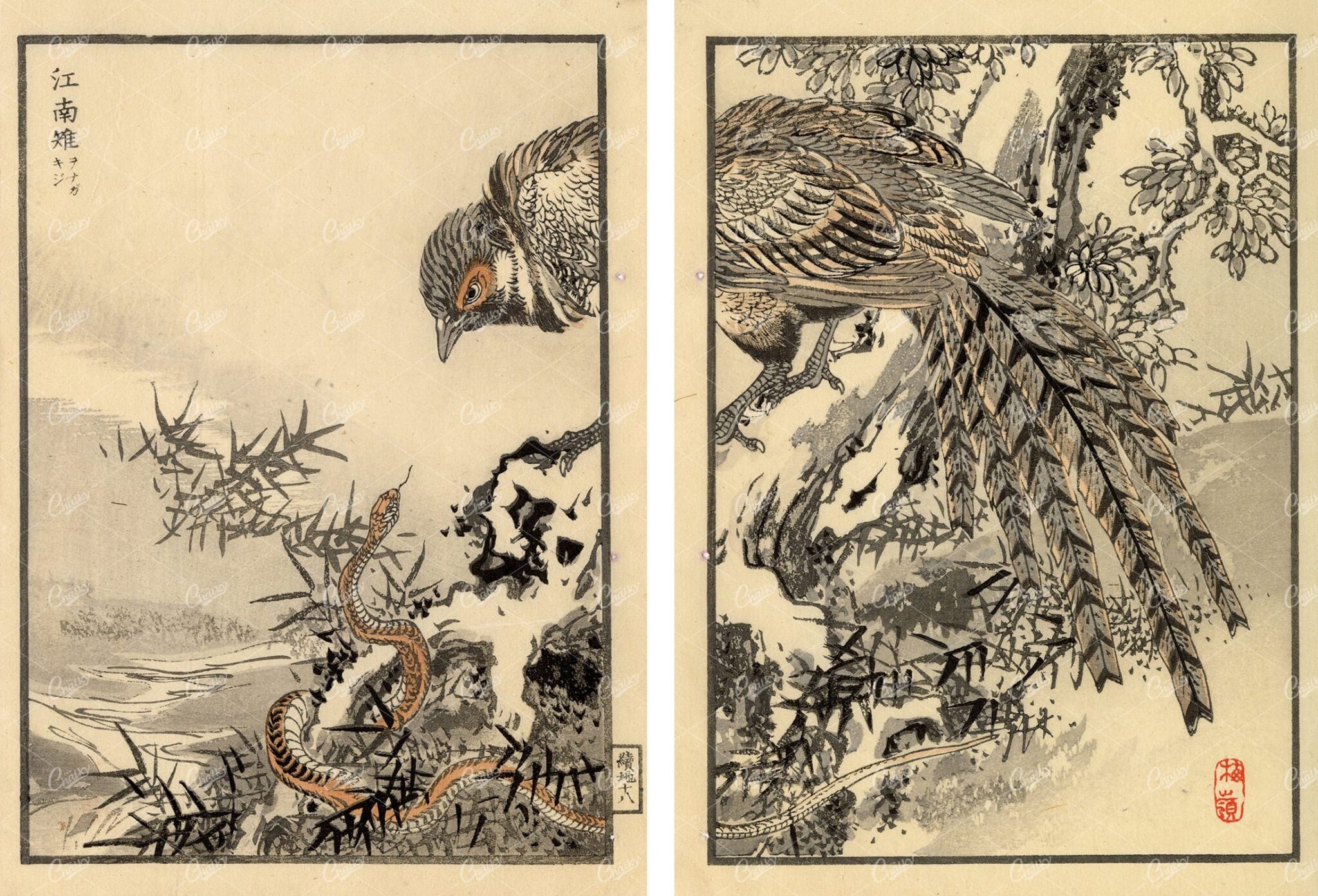

ANTIQUE Kono Bairei Woodblock Japanese Prints 1881 Bird and Snake
You’re looking at a beautiful piece of Japanese woodblock art from our collection of original 1881 prints by noted artist, Kono Bairei; Created for one of his best-known publications ‘one hundred birds’. Most of the bird species throughout this collection were native to Japan, with a few domesticated and some imported cage birds. Bairei was born and lived in Kyoto. He was apprenticed to the Maruyama printer Nakajima Raiso at the age of eight. He was a pupil of Shijo artist Shiokawa Bunrin and followed the Nanga school tradition. He established the Kyoto Prefectural School of Painting before opening his own studio to students and retiring from teaching.
- License Info
- Resolution: 11814 x 8028
- Year of Print: 1881
- Artist: Kono Bairei
From this collection


ANTIQUE Original Kono Bairei Woodblock Japanese Print 1881 Ducks Water
You’re looking at a beautiful piece of Japanese woodblock art from our collection of original 1881 prints by noted artist, Kono Bairei; Created for one of his best-known publications ‘one hundred birds’. Most of the bird species throughout this collection were native to Japan, with a few domesticated and some imported cage birds. Bairei was born and lived in Kyoto. He was apprenticed to the Maruyama printer Nakajima Raiso at the age of eight. He was a pupil of Shijo artist Shiokawa Bunrin and followed the Nanga school tradition. He established the Kyoto Prefectural School of Painting before opening his own studio to students and retiring from teaching.
- License Info
- Resolution: 5738 x 8151 300dpi
- Year of Print: 1881
- Artist: Kono Bairei
From this collection
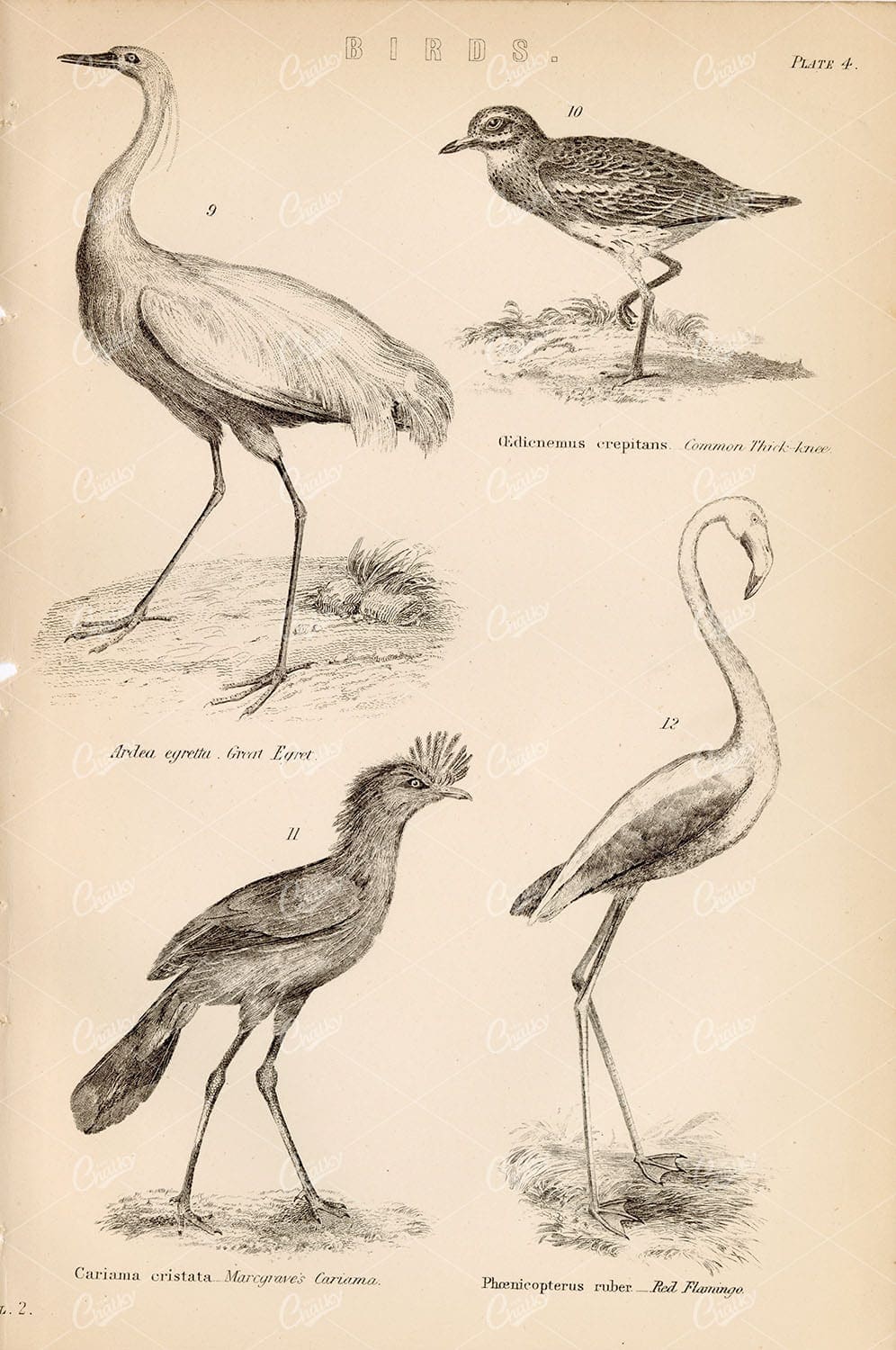

BIRDS – Great Egret, Red Flamingo, Cariama. Antique 1880’s Artwork
An original Antique Plate scan from the National Encyclopaedia: A Dictionary of Universal Knowledge. Published by William Mackenzie in 1880. Click on the Artist's name to see the full collection from this series!
- License Info
- Resolution: 5500 x 8600 300dpi
- Year of Print: 1880
- Artist: William Mackenzie
From this collection


ANTIQUE Original Kono Bairei Woodblock Japanese Prints 1881 Bird
You’re looking at a beautiful piece of Japanese woodblock art from our collection of original 1881 prints by noted artist, Kono Bairei; Created for one of his best-known publications ‘one hundred birds’. Most of the bird species throughout this collection were native to Japan, with a few domesticated and some imported cage birds. Bairei was born and lived in Kyoto. He was apprenticed to the Maruyama printer Nakajima Raiso at the age of eight. He was a pupil of Shijo artist Shiokawa Bunrin and followed the Nanga school tradition. He established the Kyoto Prefectural School of Painting before opening his own studio to students and retiring from teaching.
- License Info
- Resolution: 11582 x 8028
- Year of Print: 1881
- Artist: Kono Bairei
From this collection
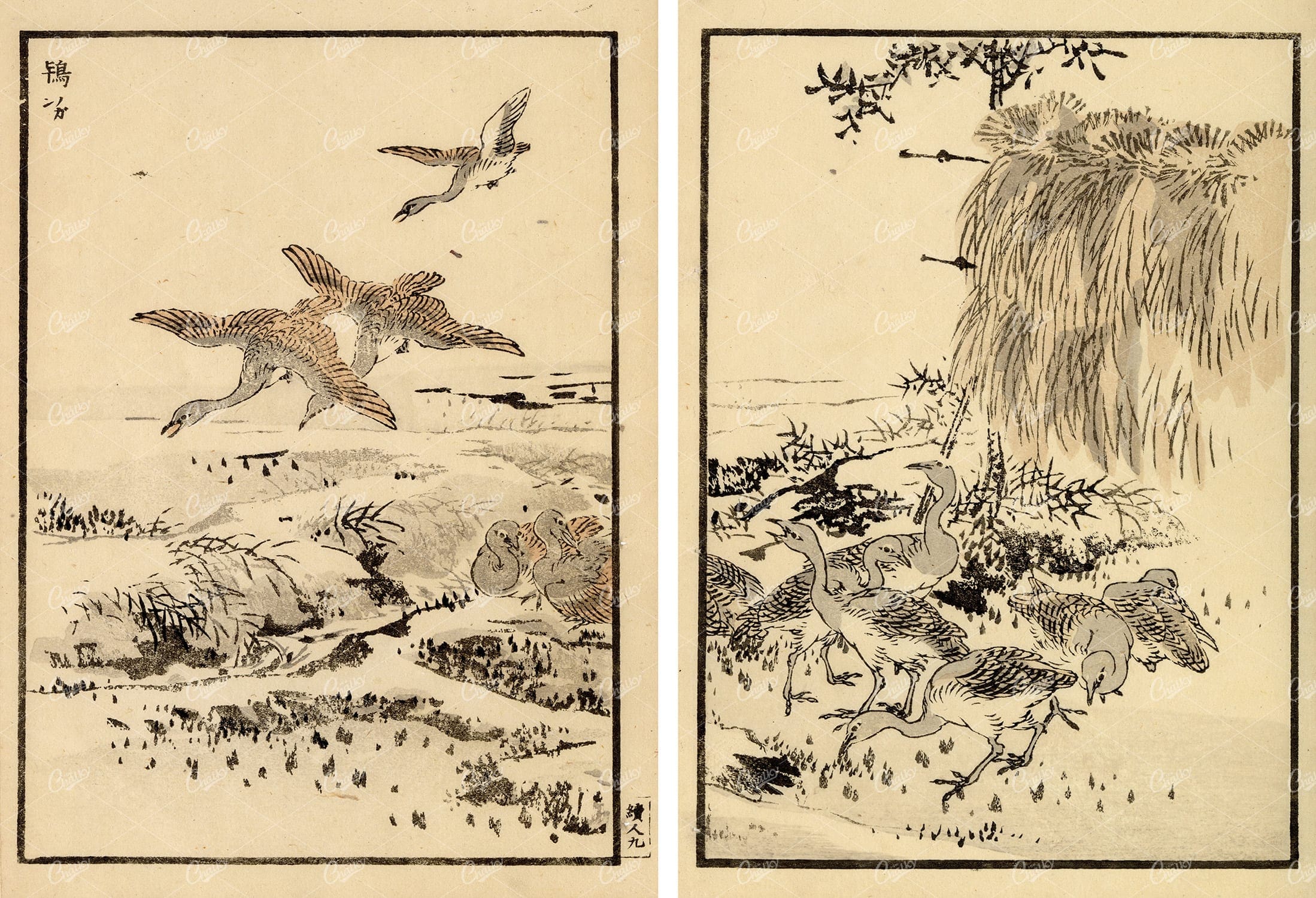

ANTIQUE Original Kono Bairei Woodblock Japanese Prints 1881 Birds
You’re looking at a beautiful piece of Japanese woodblock art from our collection of original 1881 prints by noted artist, Kono Bairei; Created for one of his best-known publications ‘one hundred birds’. Most of the bird species throughout this collection were native to Japan, with a few domesticated and some imported cage birds. Bairei was born and lived in Kyoto. He was apprenticed to the Maruyama printer Nakajima Raiso at the age of eight. He was a pupil of Shijo artist Shiokawa Bunrin and followed the Nanga school tradition. He established the Kyoto Prefectural School of Painting before opening his own studio to students and retiring from teaching.
- License Info
- Resolution: 11582 x 7905
- Year of Print: 1881
- Artist: Kono Bairei
From this collection
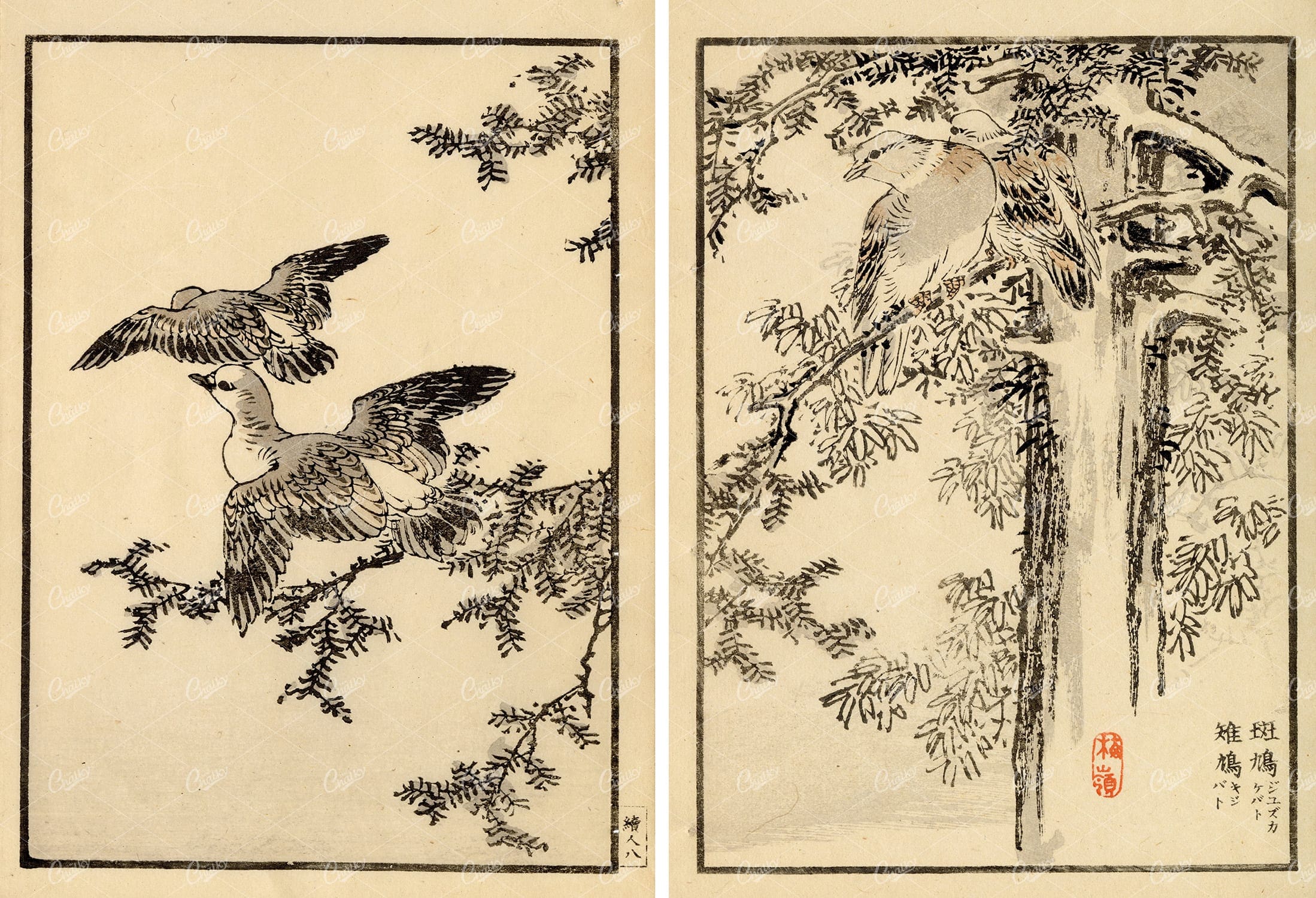

VINTAGE Japanese Artwork – Kono Bairei Original Birds Woodblock 1881
You’re looking at a beautiful piece of Japanese woodblock art from our collection of original 1881 prints by noted artist, Kono Bairei; Created for one of his best-known publications ‘one hundred birds’. Most of the bird species throughout this collection were native to Japan, with a few domesticated and some imported cage birds. Bairei was born and lived in Kyoto. He was apprenticed to the Maruyama printer Nakajima Raiso at the age of eight. He was a pupil of Shijo artist Shiokawa Bunrin and followed the Nanga school tradition. He established the Kyoto Prefectural School of Painting before opening his own studio to students and retiring from teaching.
- License Info
- Resolution: 11582 x 7905
- Year of Print: 1881
- Artist: Kono Bairei
From this collection
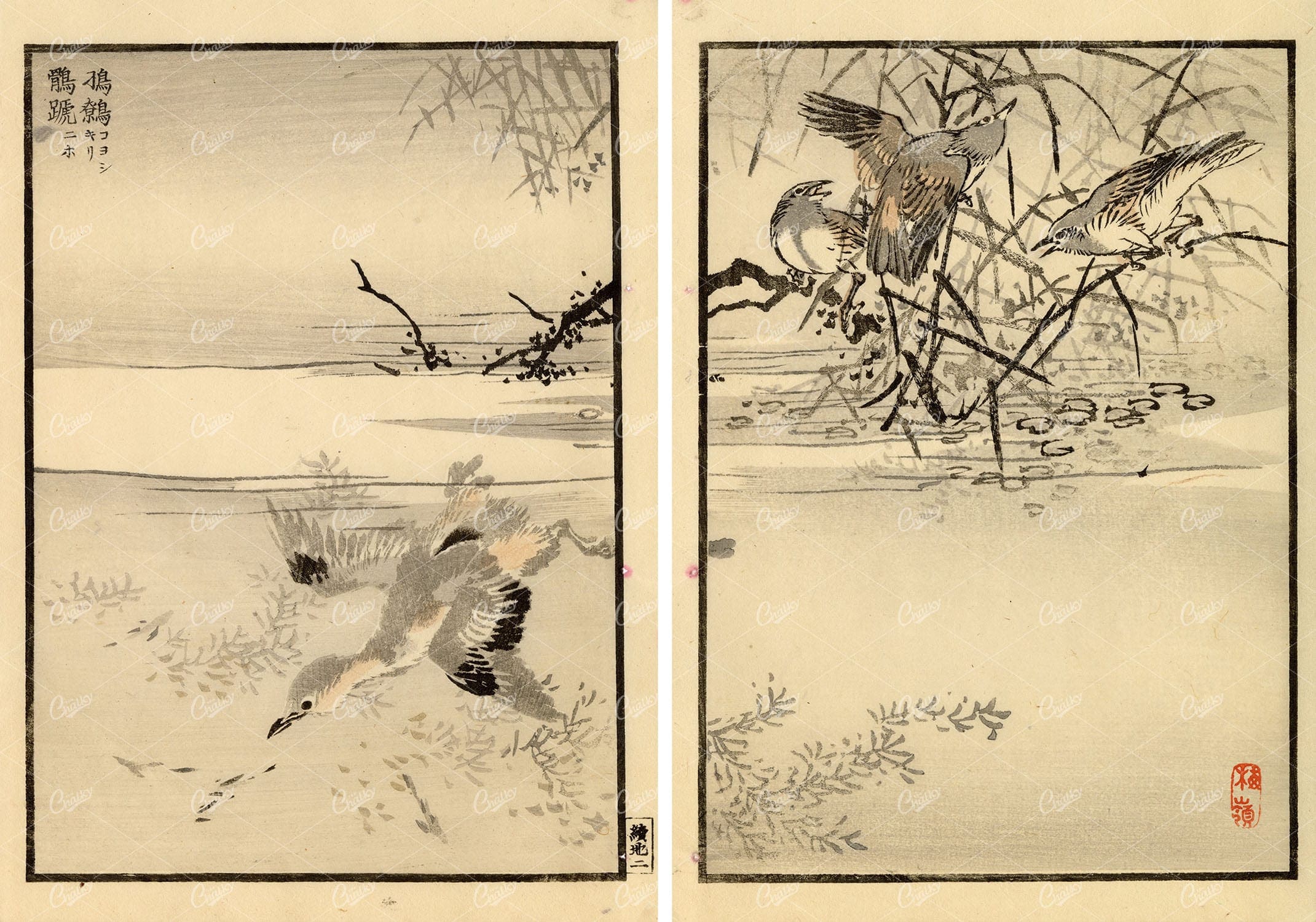

ANTIQUE Original Kono Bairei Woodblock Japanese Prints 1881 Bird Diving
You’re looking at a beautiful piece of Japanese woodblock art from our collection of original 1881 prints by noted artist, Kono Bairei; Created for one of his best-known publications ‘one hundred birds’. Most of the bird species throughout this collection were native to Japan, with a few domesticated and some imported cage birds. Bairei was born and lived in Kyoto. He was apprenticed to the Maruyama printer Nakajima Raiso at the age of eight. He was a pupil of Shijo artist Shiokawa Bunrin and followed the Nanga school tradition. He established the Kyoto Prefectural School of Painting before opening his own studio to students and retiring from teaching.
- License Info
- Resolution: 11282 x 7905 300dpi
- Year of Print: 1881
- Artist: Kono Bairei
From this collection
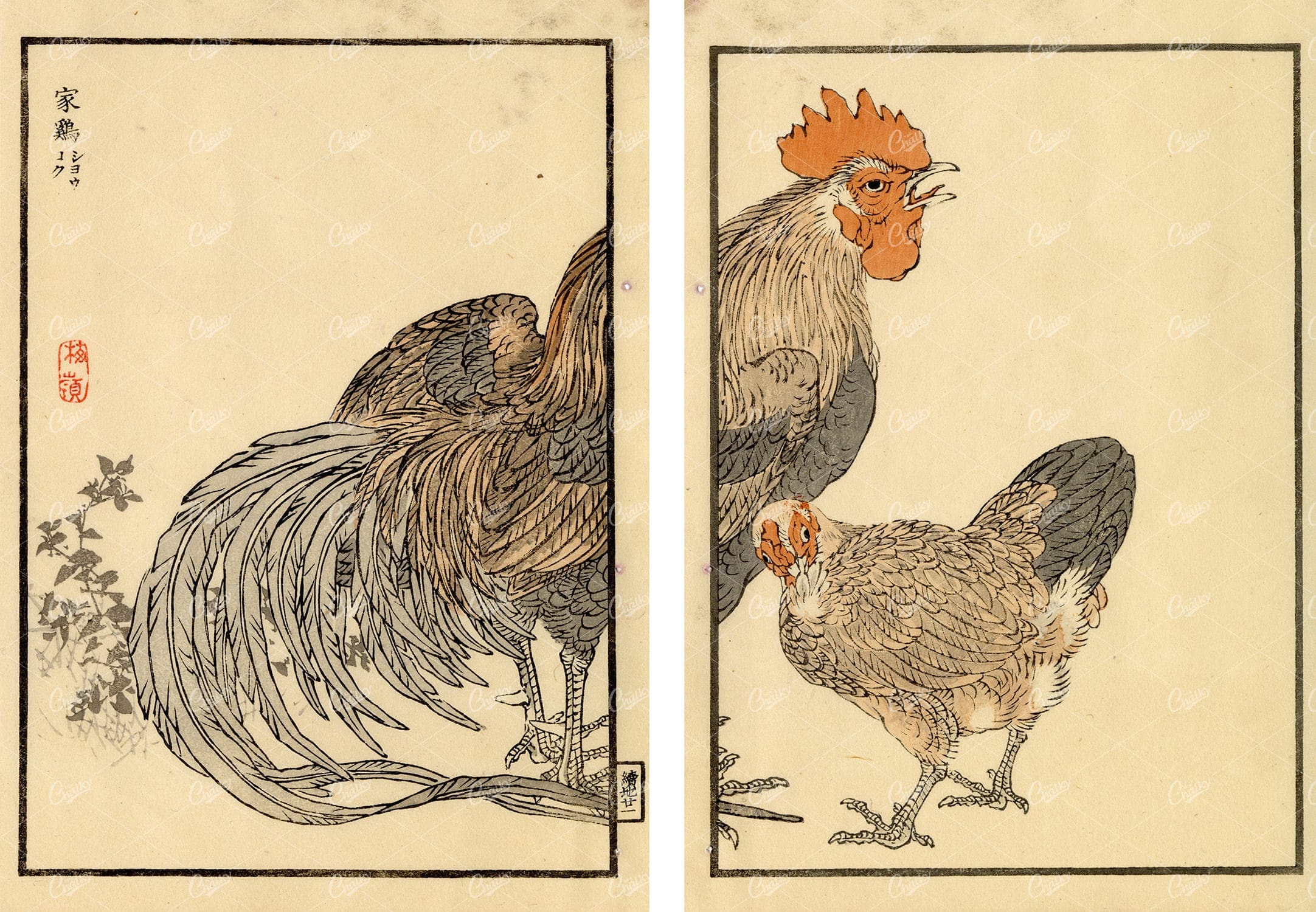

ANTIQUE Original Kono Bairei Woodblock Japanese Prints 1881 Cockerel
You’re looking at a beautiful piece of Japanese woodblock art from our collection of original 1881 prints by noted artist, Kono Bairei; Created for one of his best-known publications ‘one hundred birds’. Most of the bird species throughout this collection were native to Japan, with a few domesticated and some imported cage birds. Bairei was born and lived in Kyoto. He was apprenticed to the Maruyama printer Nakajima Raiso at the age of eight. He was a pupil of Shijo artist Shiokawa Bunrin and followed the Nanga school tradition. He established the Kyoto Prefectural School of Painting before opening his own studio to students and retiring from teaching.
- License Info
- Resolution: 11582 x 8028
- Year of Print: 1881
- Artist: Kono Bairei
From this collection
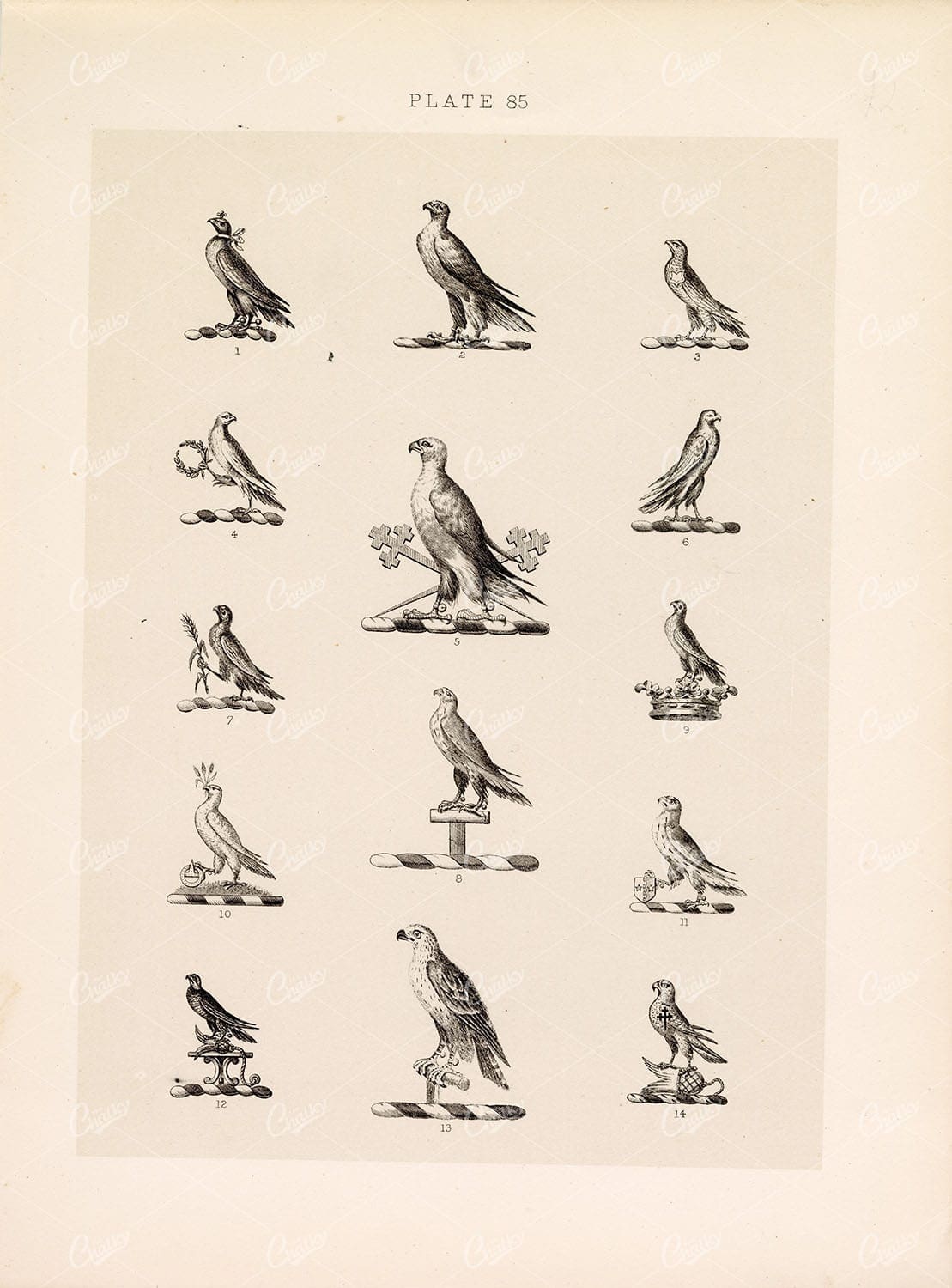

ORIGINAL Old Antique Print – Heraldry Crests c1900s Winged Birds
- License Info
- Resolution: 7615 x 10299 300dpi
- Year of Print: 1900
- Artist: Knight & Rumley
From this collection
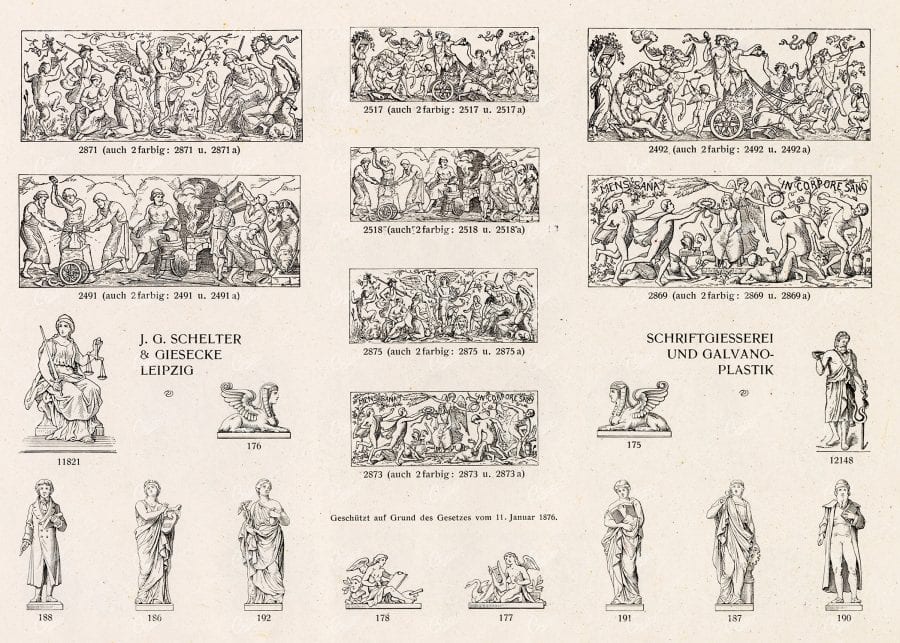
Support the Library
Our supporters and members help us continue collecting and restoring these wonderful pieces of art for the modern creator
Unlock Everything and Become a Member!
While a lot of the library is available for free, some is kept behind closed dusty doors only to be accessed by our lovely members.
